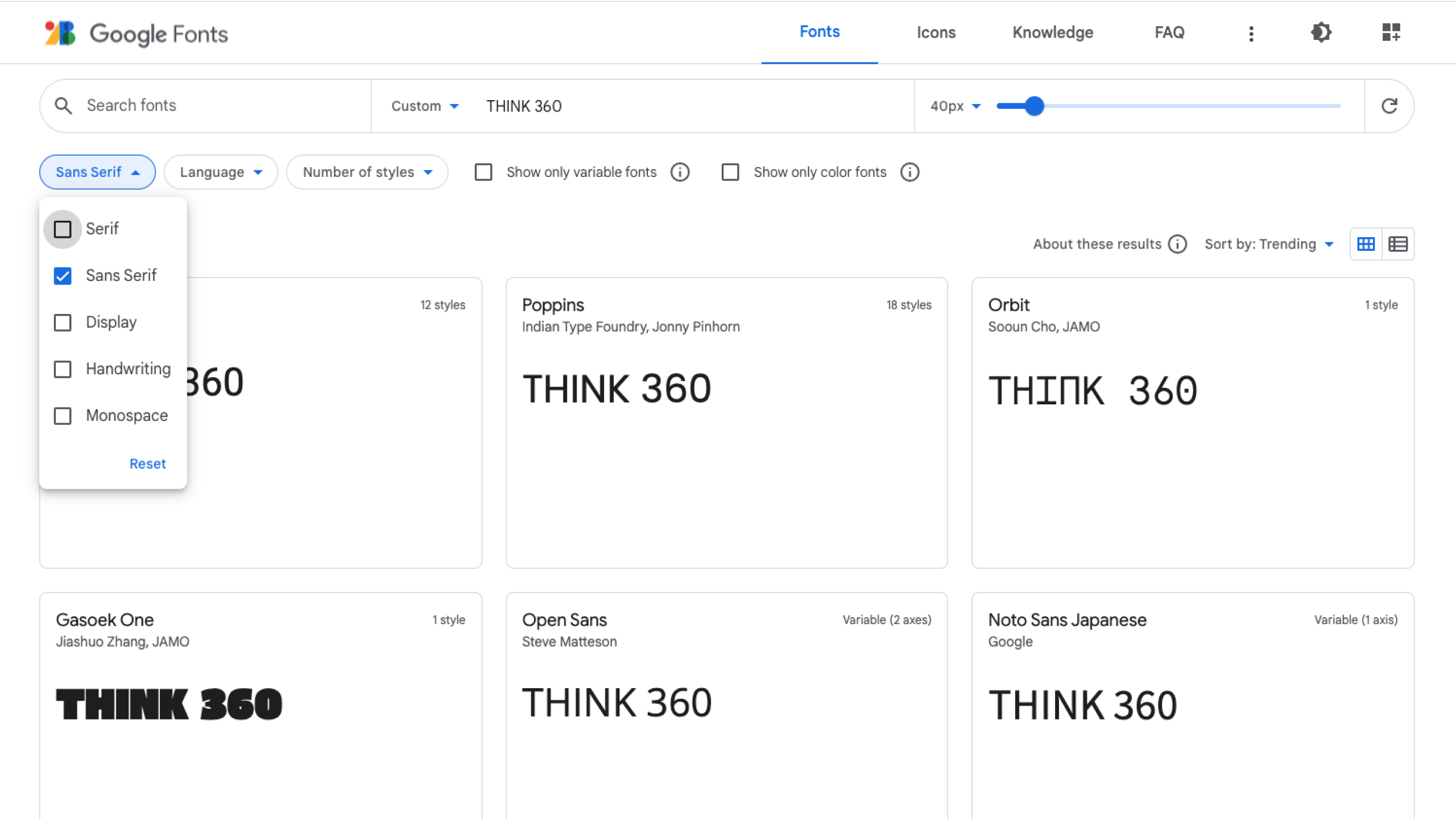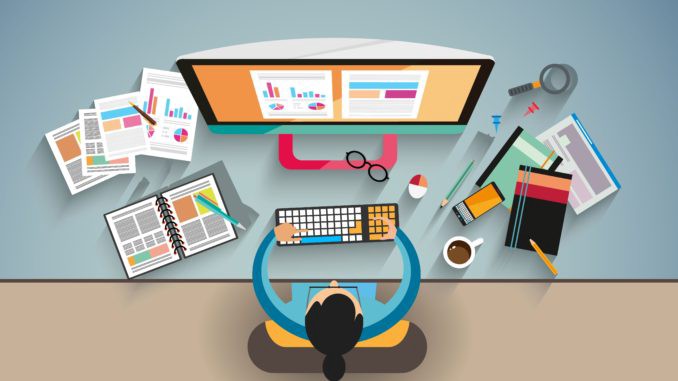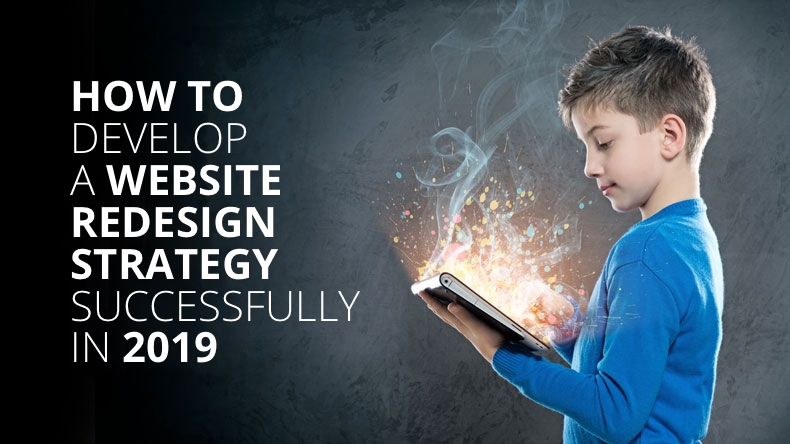Making the perfect logo for your business involves making various decisions about things like colors, typefaces, and symbols. However, learning how to create a logo is easy!
A logo roadmap to gather ideas, and pick colors, fonts, and symbols. This article guides you from start to finish in creating your perfect logo.
Your task is to use these recommendations to create a logo that will leave an impression on your audience.
A logo doesn’t sell (directly), it identifies.
- Paul Rand (An American art director and graphic designer, best known for his corporate logo designs, including the logos for IBM, UPS, Enron, Morningstar, Inc., Westinghouse, ABC, and NeXT)
Here is a breakdown of some important information about designing a logo:
- What is a logo?
- Types of logos
- Principles of Logo Design
- Steps to Designing a Logo
- Research your brand and its competitors
- Create various mood boards
- Define a theme for your brand
- Brainstorm a word for your brand
- Sketch your ideas
- Select a color palette suitable for your brand
- Find the Right Typography
- Avoid these while designing a logo
- Ensure Scalability
- Evaluate your options
- Merge your logo design into your brand
- Presenting the logo to your client
- Complex logos to modern/minimal logos
- The golden ratio for logo design
- Importance of a brand guideline
- Hire a design agency
- Logo Handoff
- Conclusion
1. What is a logo?
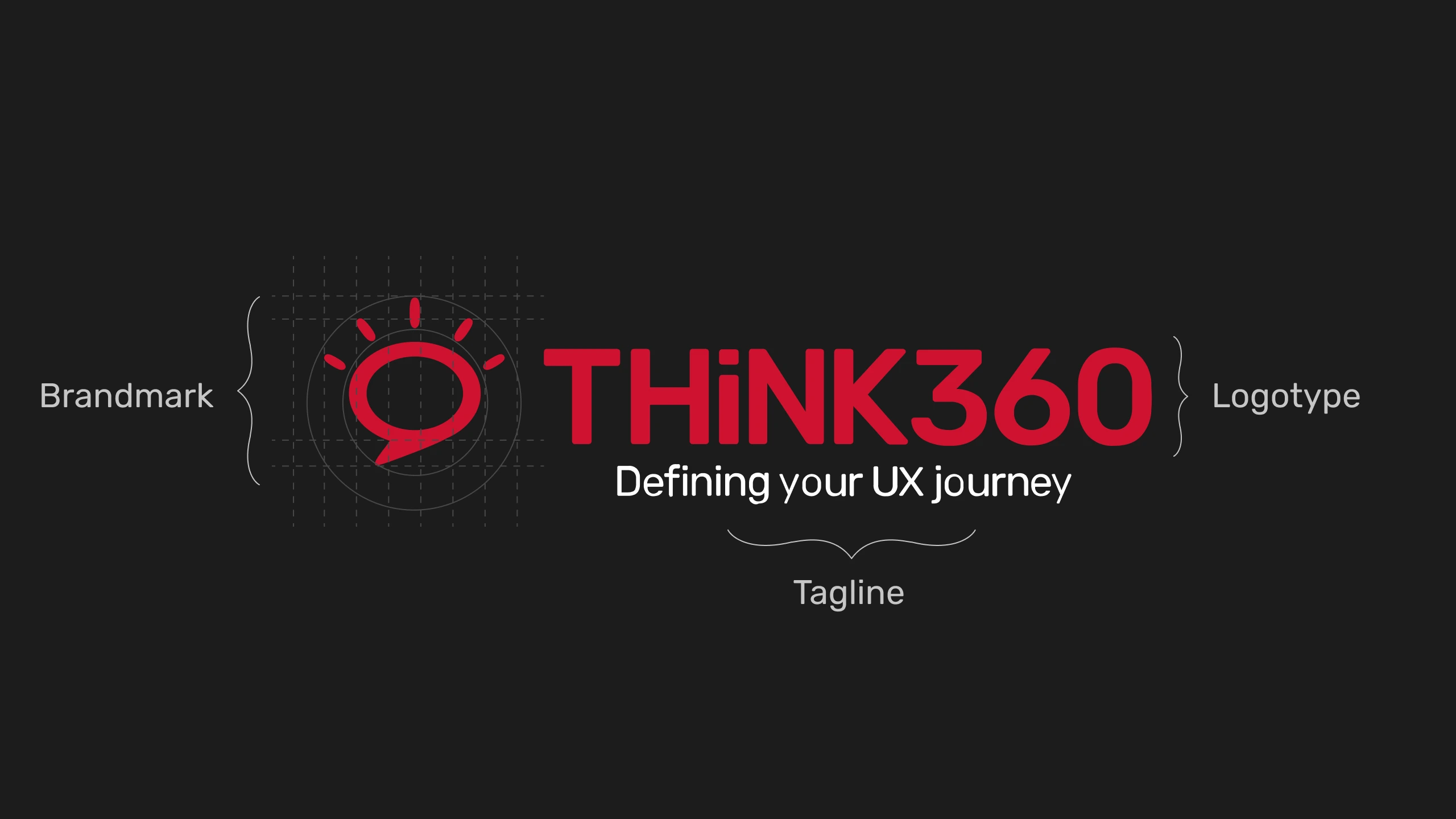
The word "logo" is frequently used by a business to symbolize its brand. It's crucial to remember that your logo does not necessarily represent your business, visual identity, or level of achievement. Instead, it represents the first step in creating your visual identity.
Book a call with us and get the party started!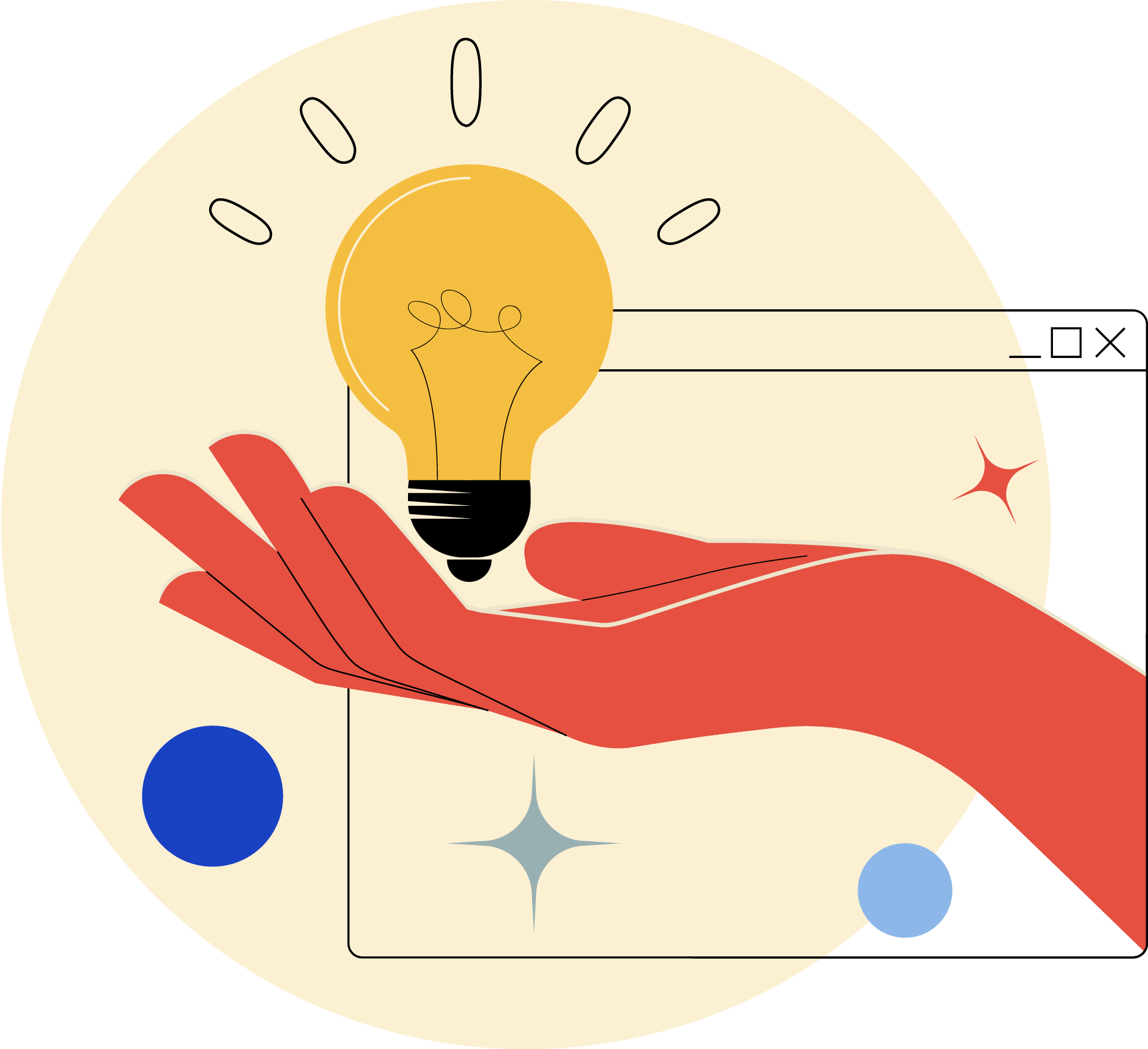
LET’S WORK TOGETHER
Need help developing a similar project?
2. Types of Logo
Wordmark - These logos present the company name in a creative and familiar font. The logo can be used on several platforms, making them ideal for companies with short names.
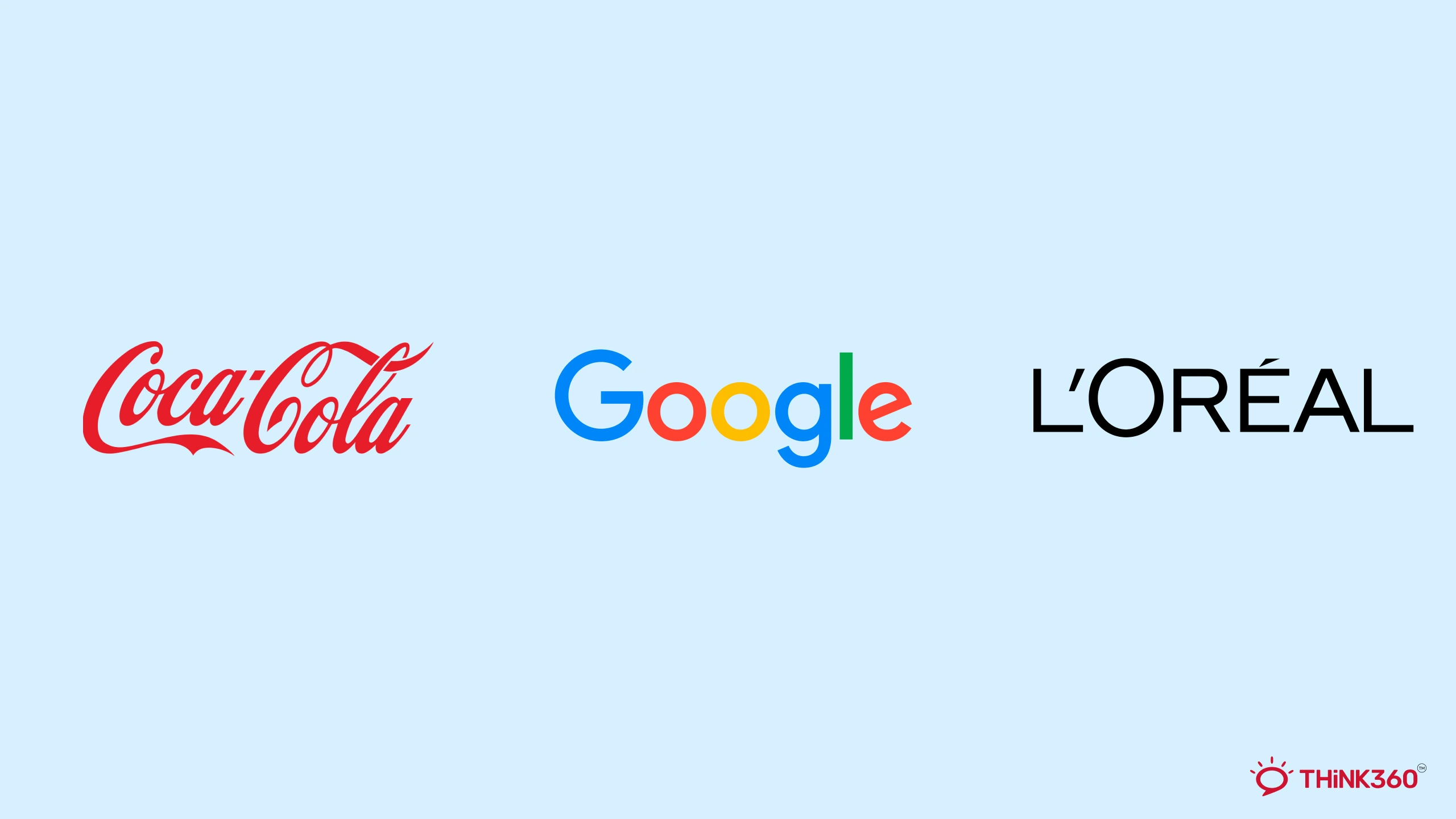
Letterforms - Single-letter logos called letterforms only use the first letter of the brand's name.

Monogram - The initials of an individual or company are frequently combined to create monograms, which are recognizable symbols or logos.
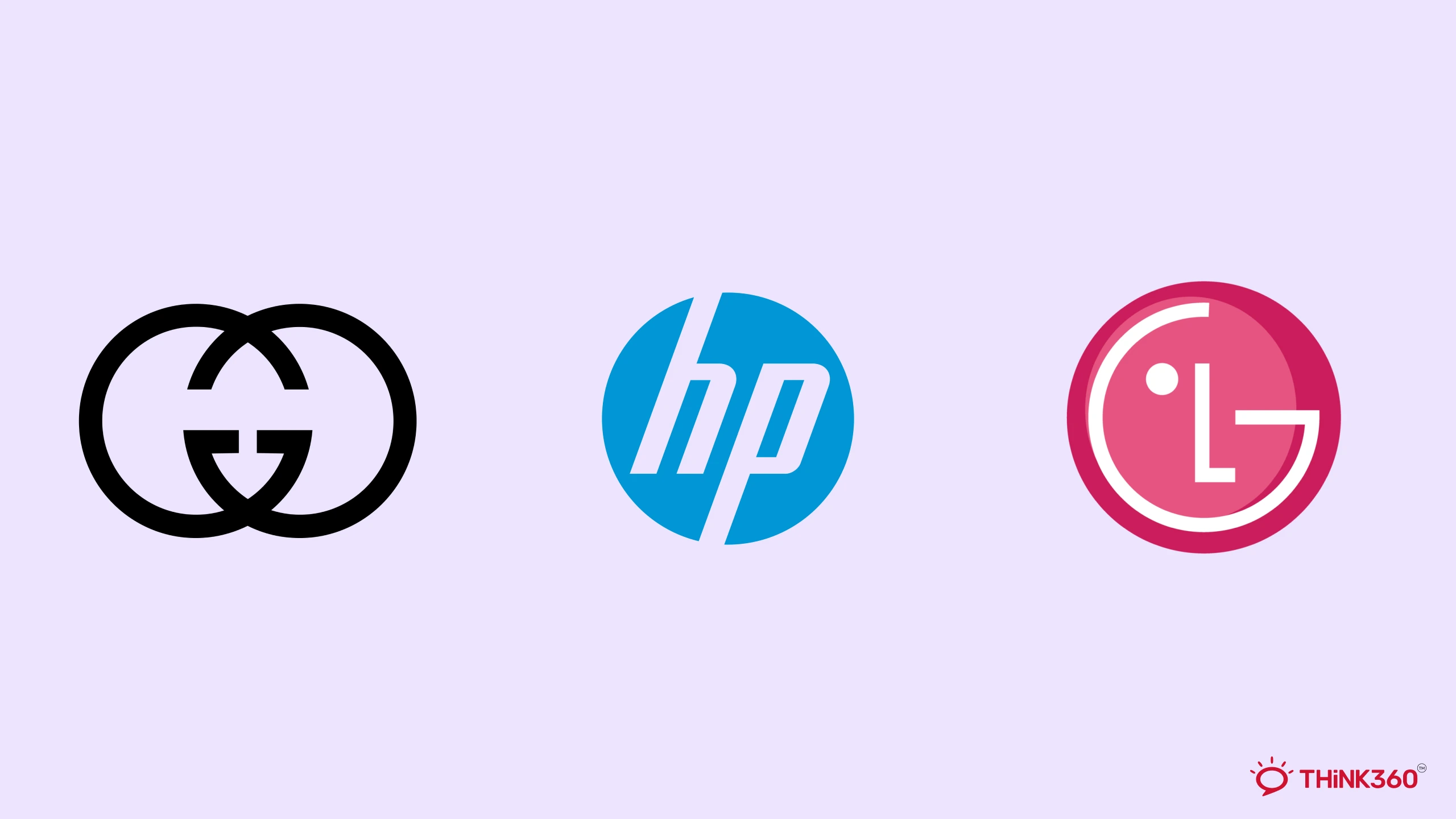
Symbol - It is made up of visual elements that provide an understanding of the message or spirit of the company or firm.
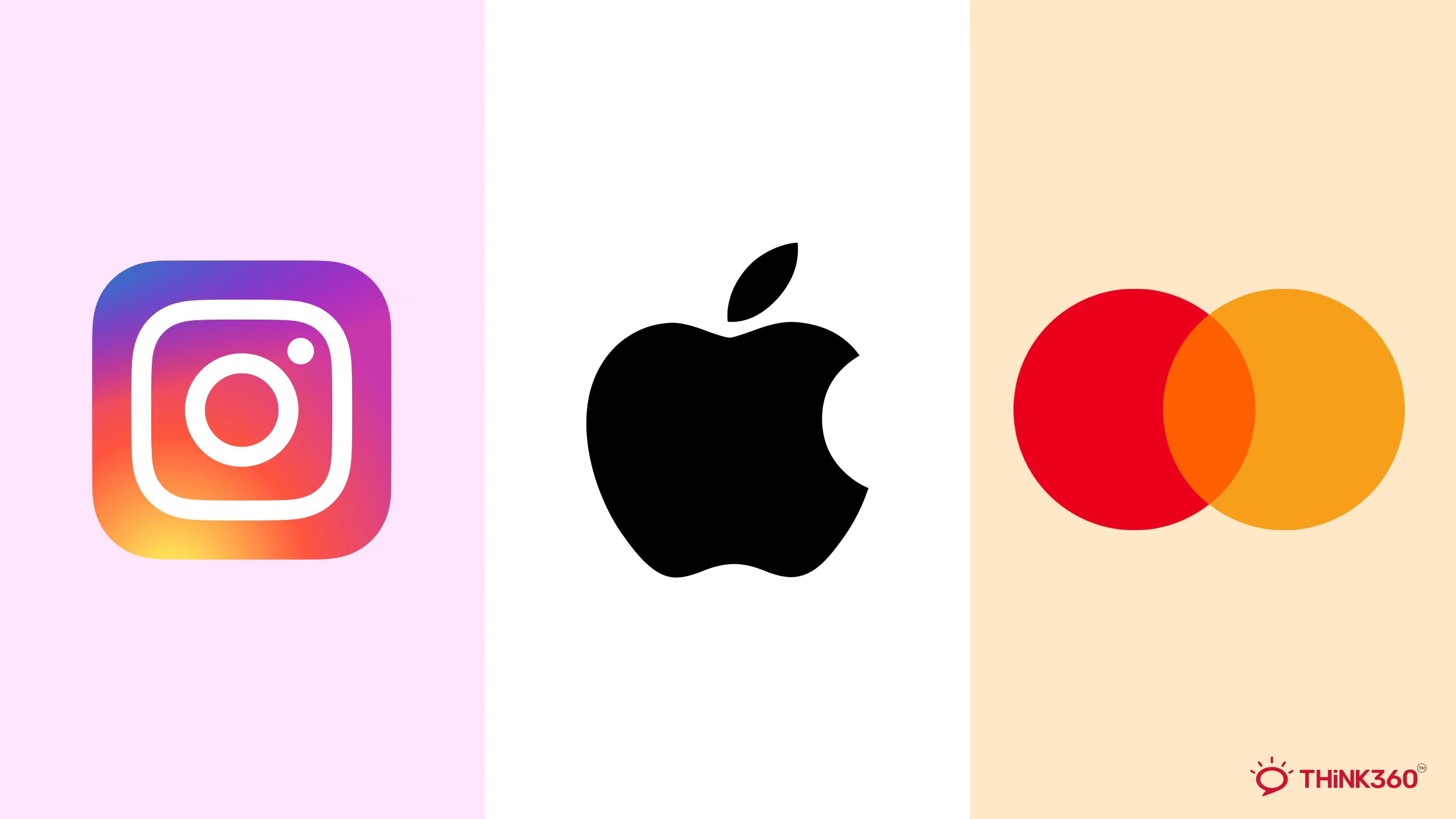
Abstract - Abstract logos blend several thoughts and emotions into a single sign, making them a popular choice for brands looking to express a wide range of ideas.
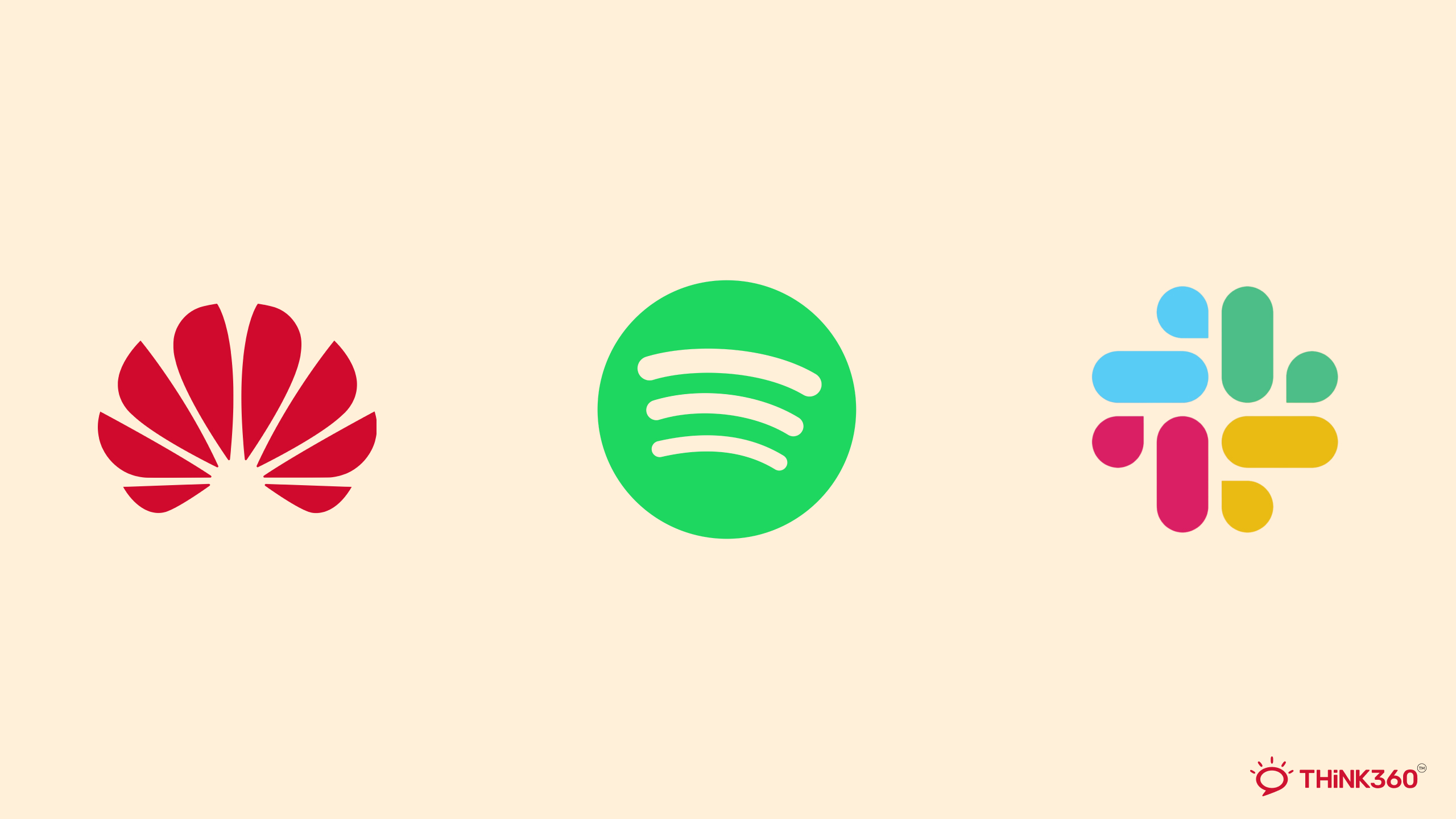
Mascot - A mascot is an artistic character that acts as a representation of a company. It is similar to a company representative or brand ambassador.
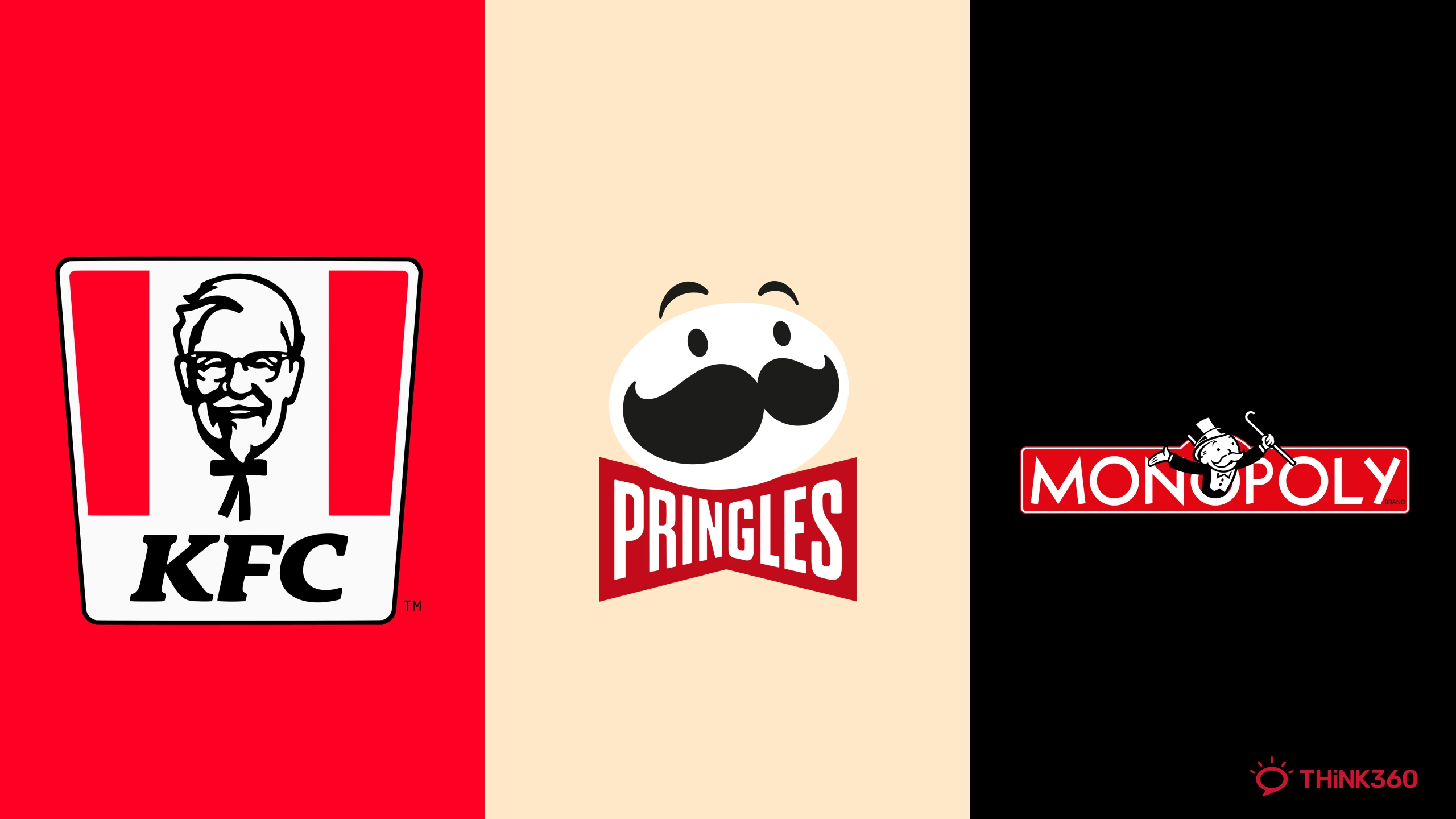
Emblems - Emblem logos, which are similar to badges, seals, and crests, mix typography with a symbol or emblem. These logos have a traditional look and can leave a strong first impression.
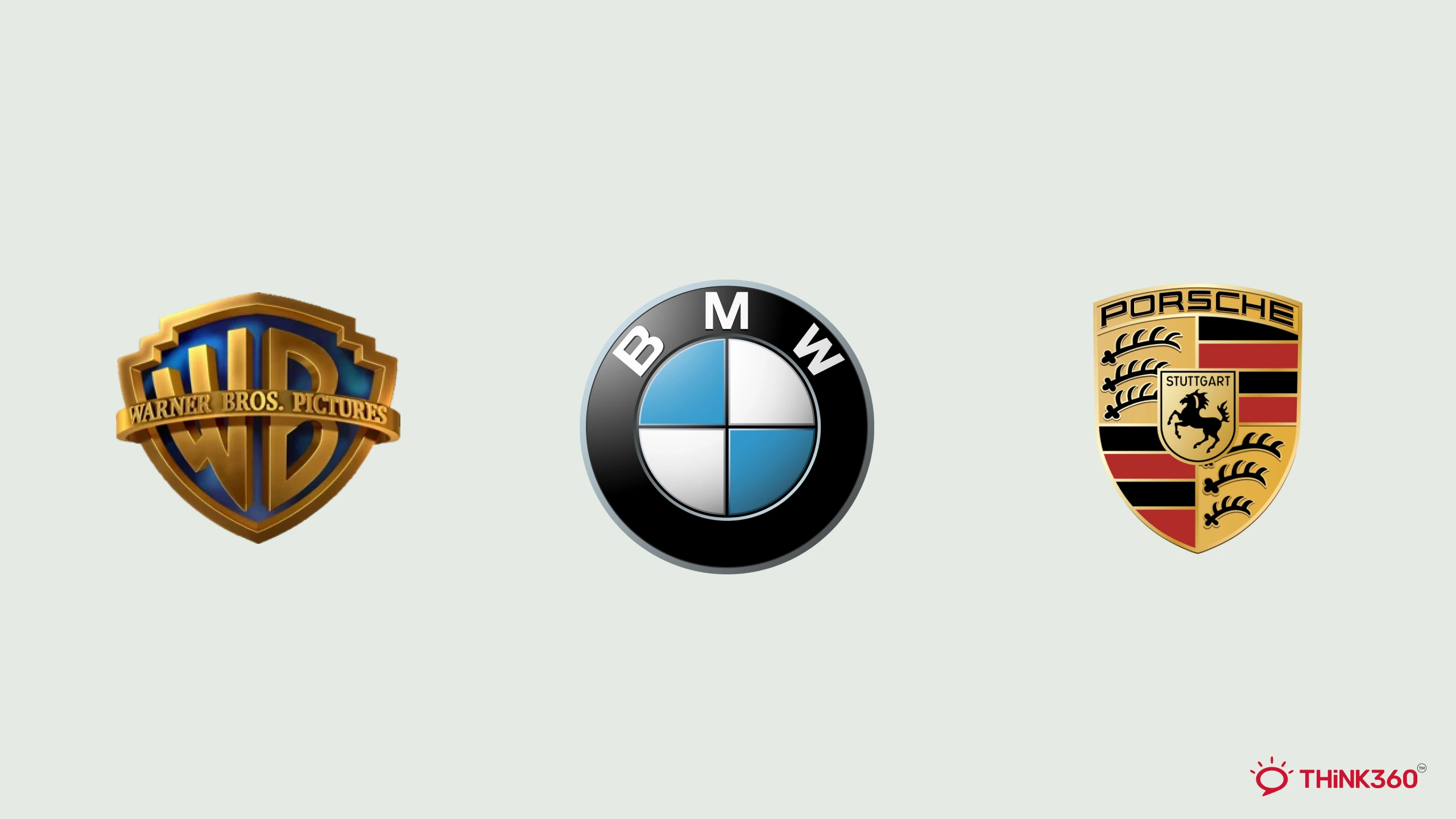
Combo - A combo logo's blend of words and graphics or icons enhances the branding message and helps to define the essence of a business.
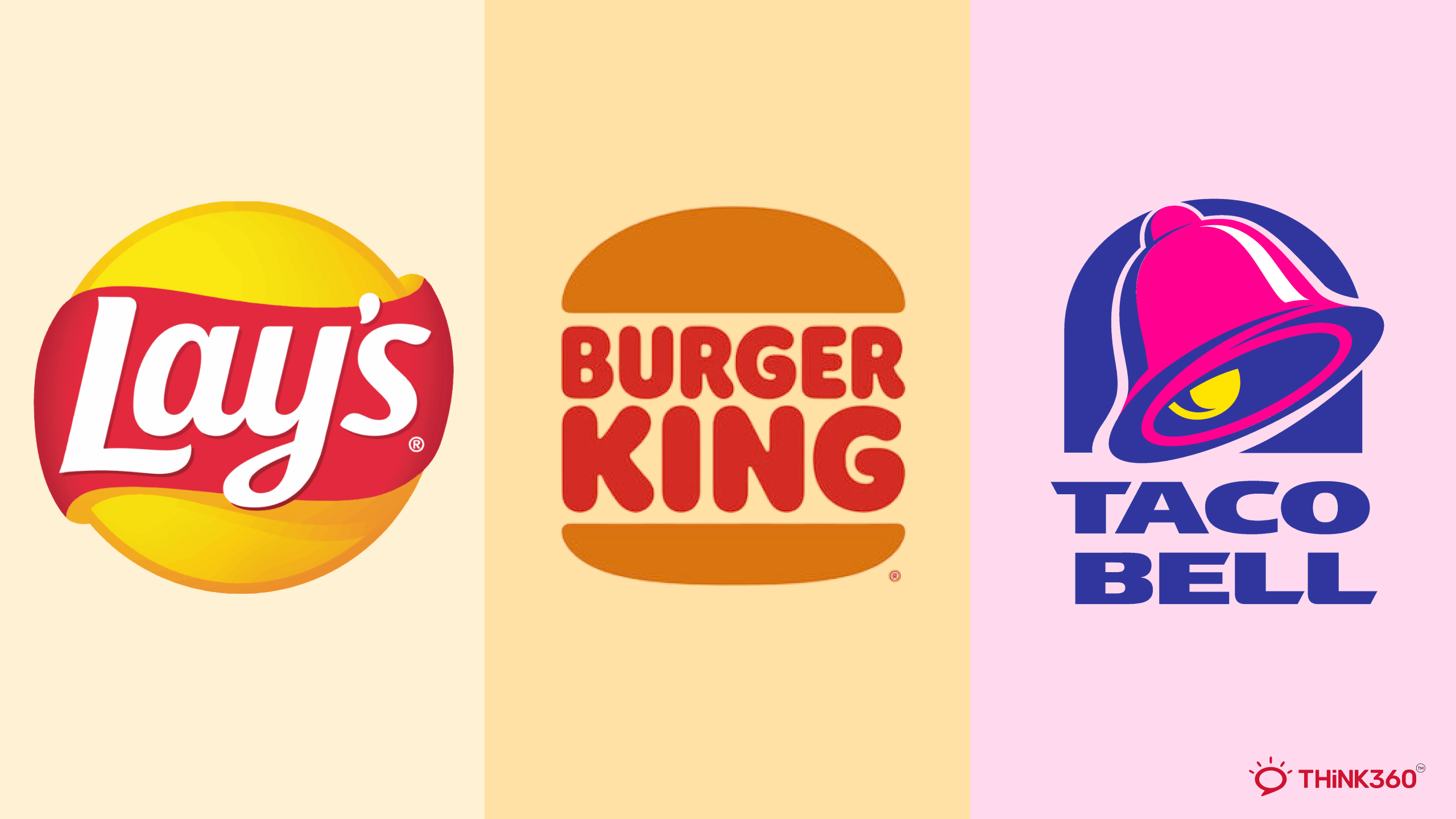
Dynamic - Dynamic logos are flexible and adaptable, changing looks according to what is happening. They may alter their shapes, colors, and forms for each viewer or in response to changing situations.
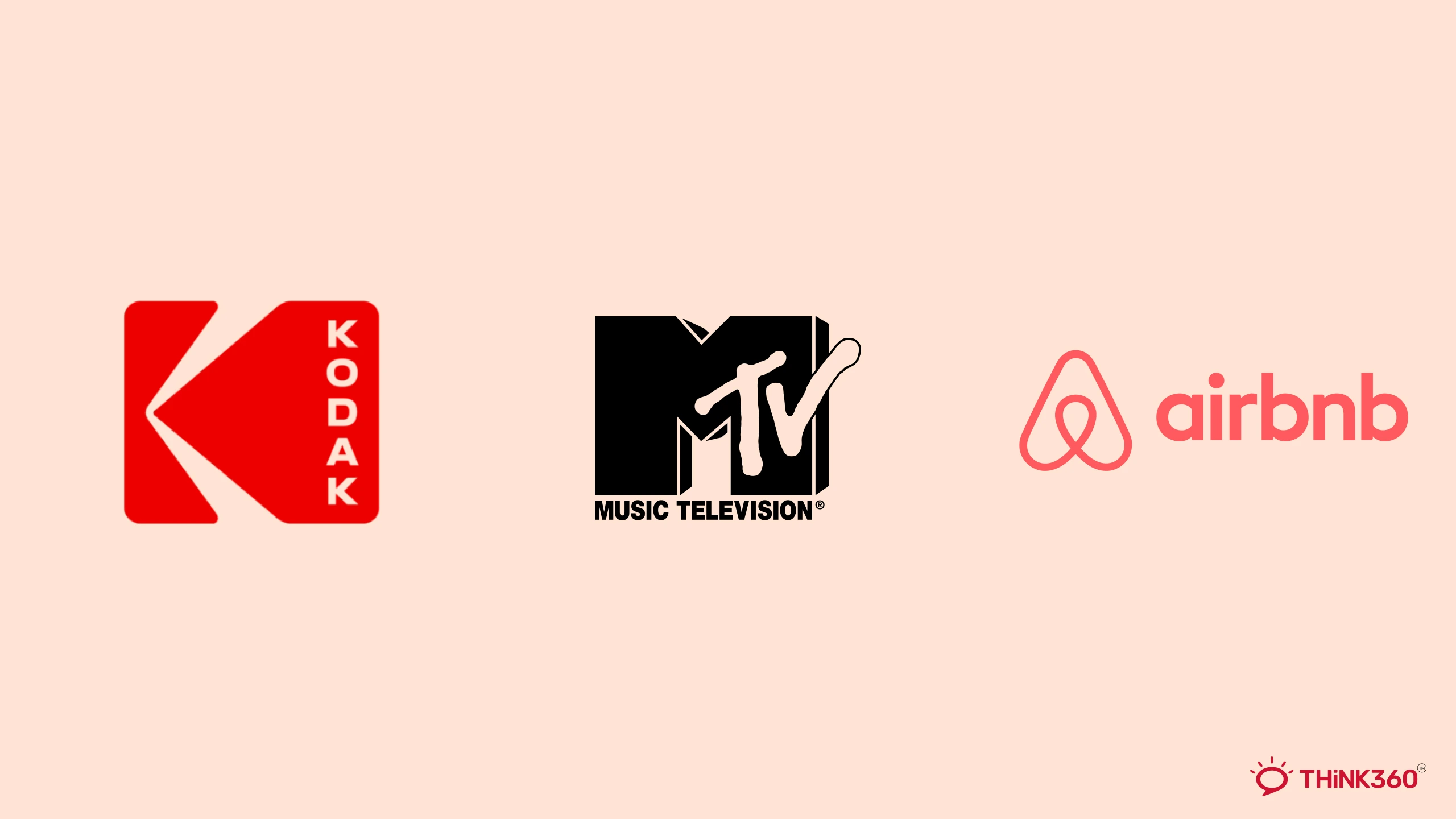
3. Principles of Logo Design
1. Simplicity
One of the fundamental principles of logo design is simplicity. A simple logo is easily recognizable and can be quickly understood by viewers.
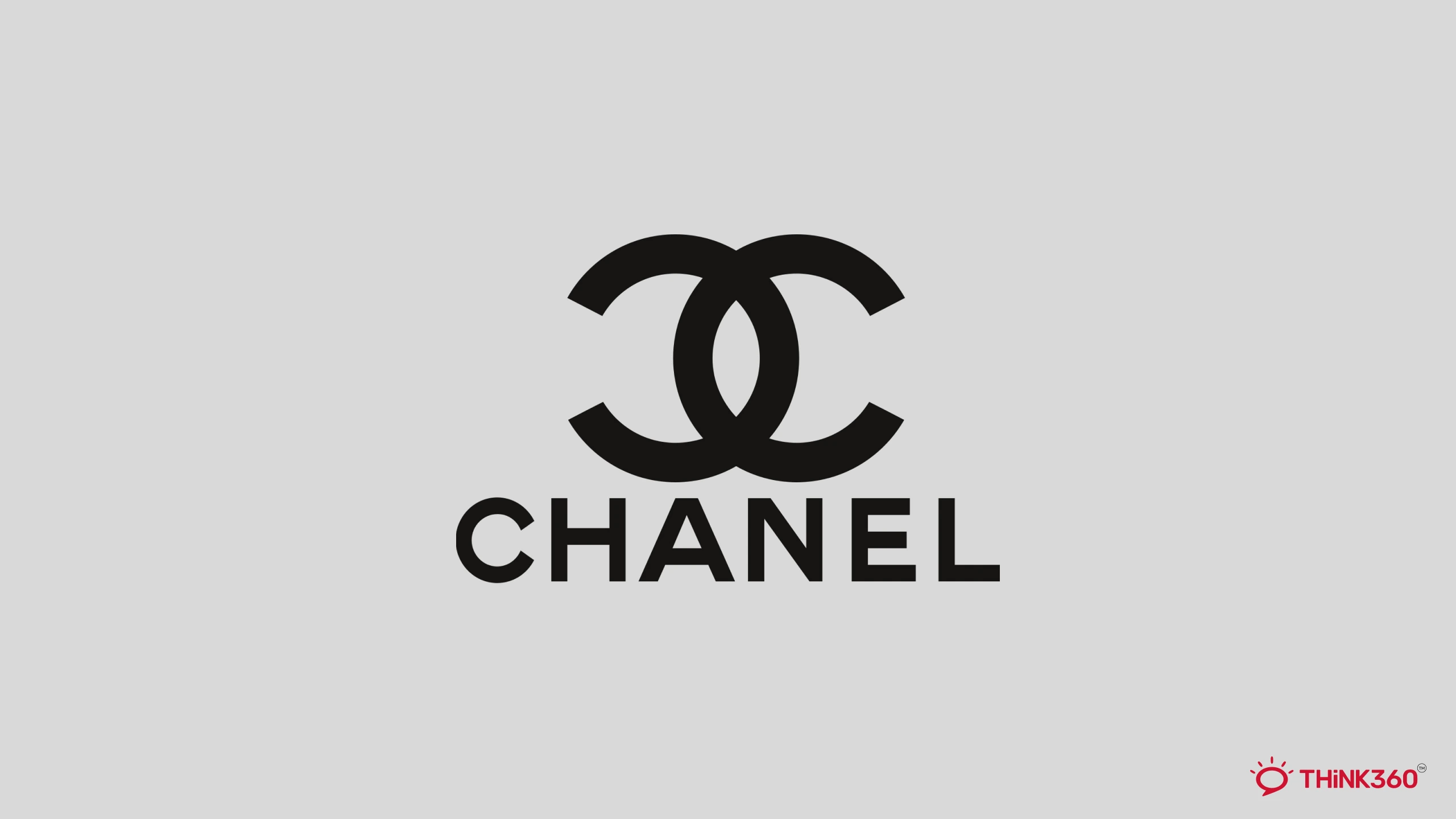
By using clean lines, minimal elements, and clear typography, a simple logo avoids clutter and effectively communicates the intended message.
2. Memorability
A memorable logo leaves a lasting impression on the viewer's mind. It should be distinctive, unique, and easily recalled.
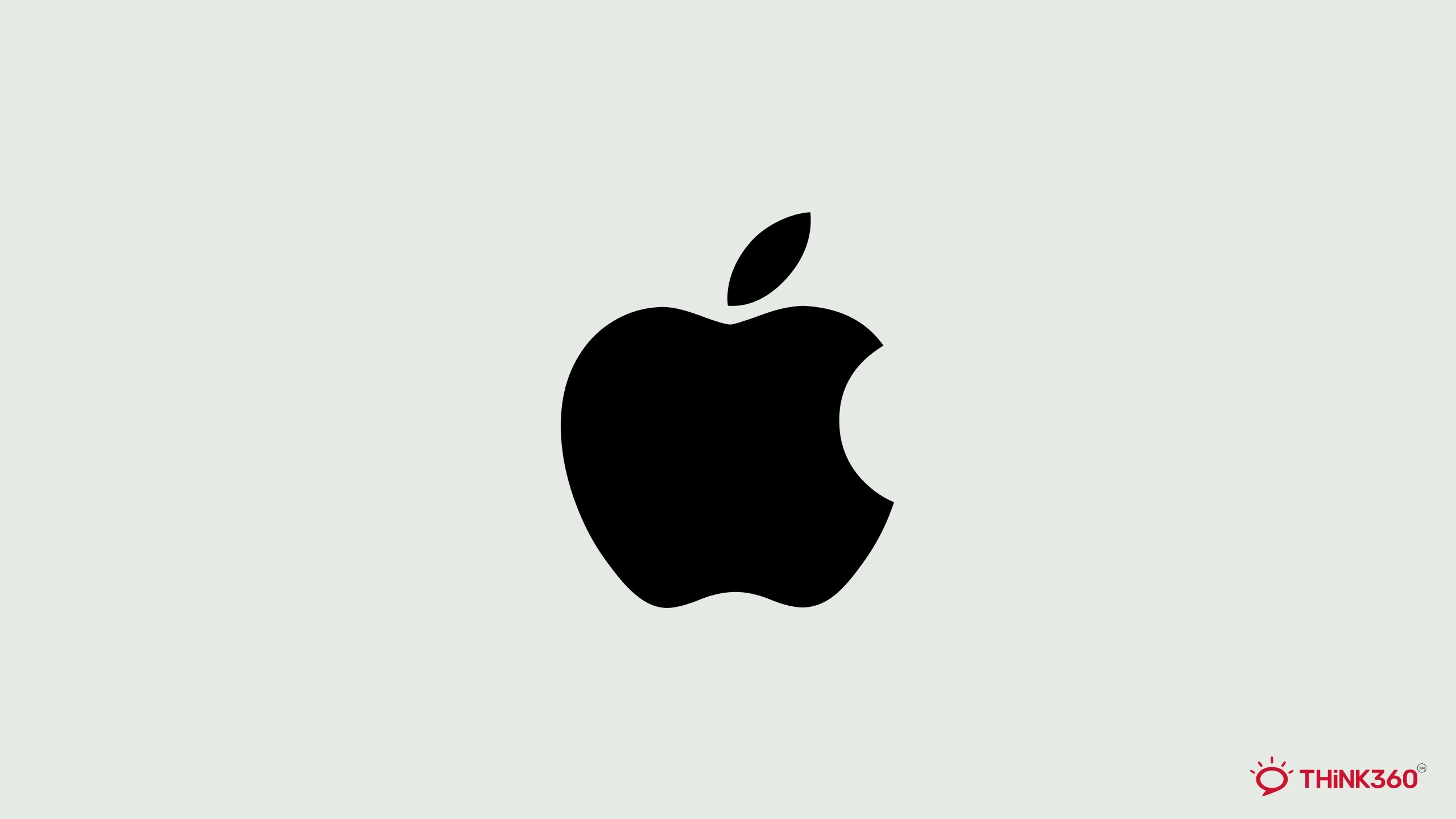
By employing clever and creative design elements, such as a clever symbol or a catchy slogan, a memorable logo ensures that it remains etched in the viewer's memory long after they've seen it.
3. Originality
An original logo is crucial for standing out in a crowded marketplace. It should be distinctive and avoid clichés or overused design trends.
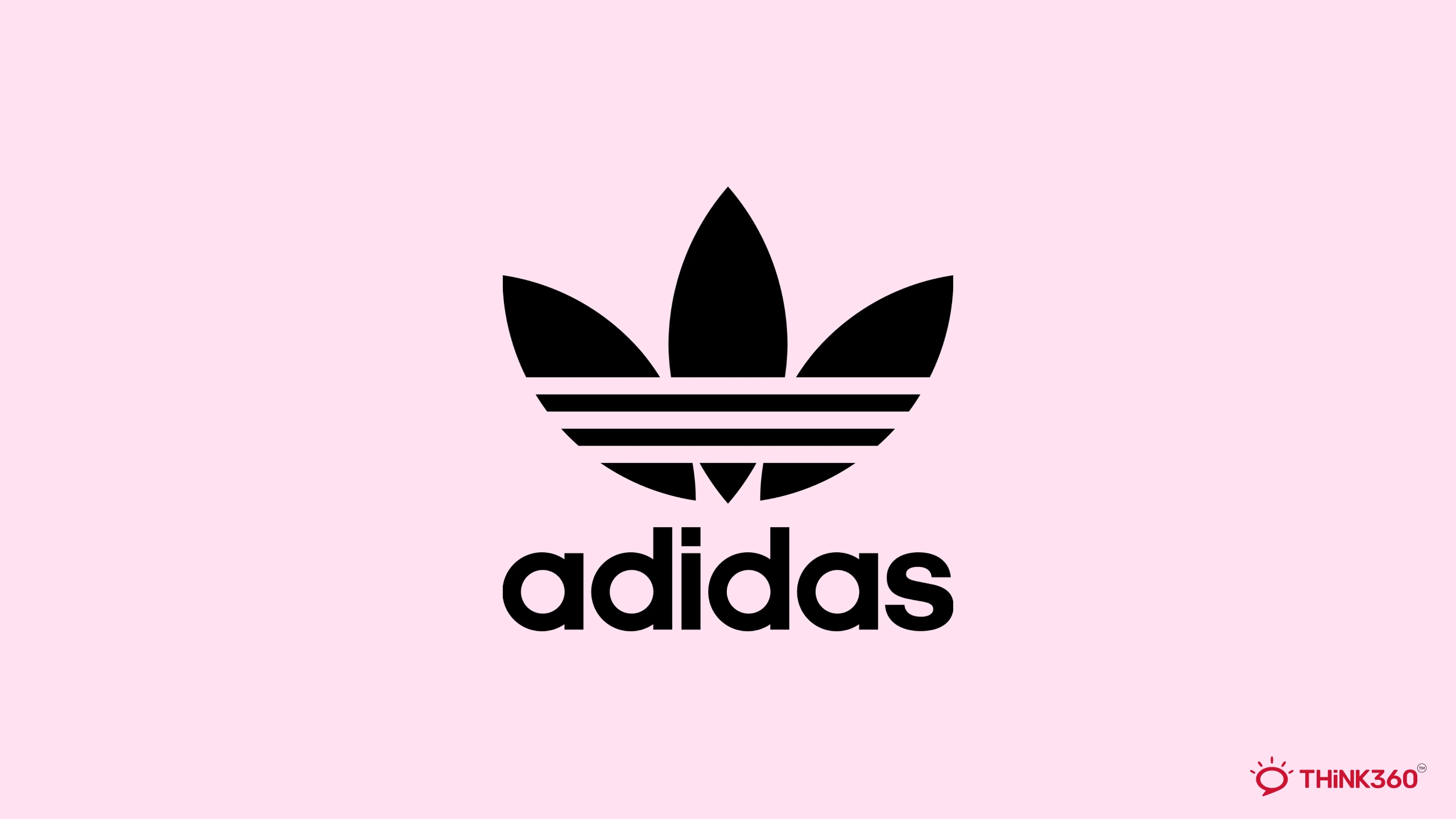
By incorporating fresh ideas, unique concepts, and innovative design elements, an original logo helps a brand differentiate itself and creates a sense of authenticity.
4. Modern Yet Timeless
A logo should be able to withstand the test of time while still appearing modern and relevant.
By striking a balance between contemporary design trends and classic aesthetics, a logo can maintain its appeal and relevance for years to come.
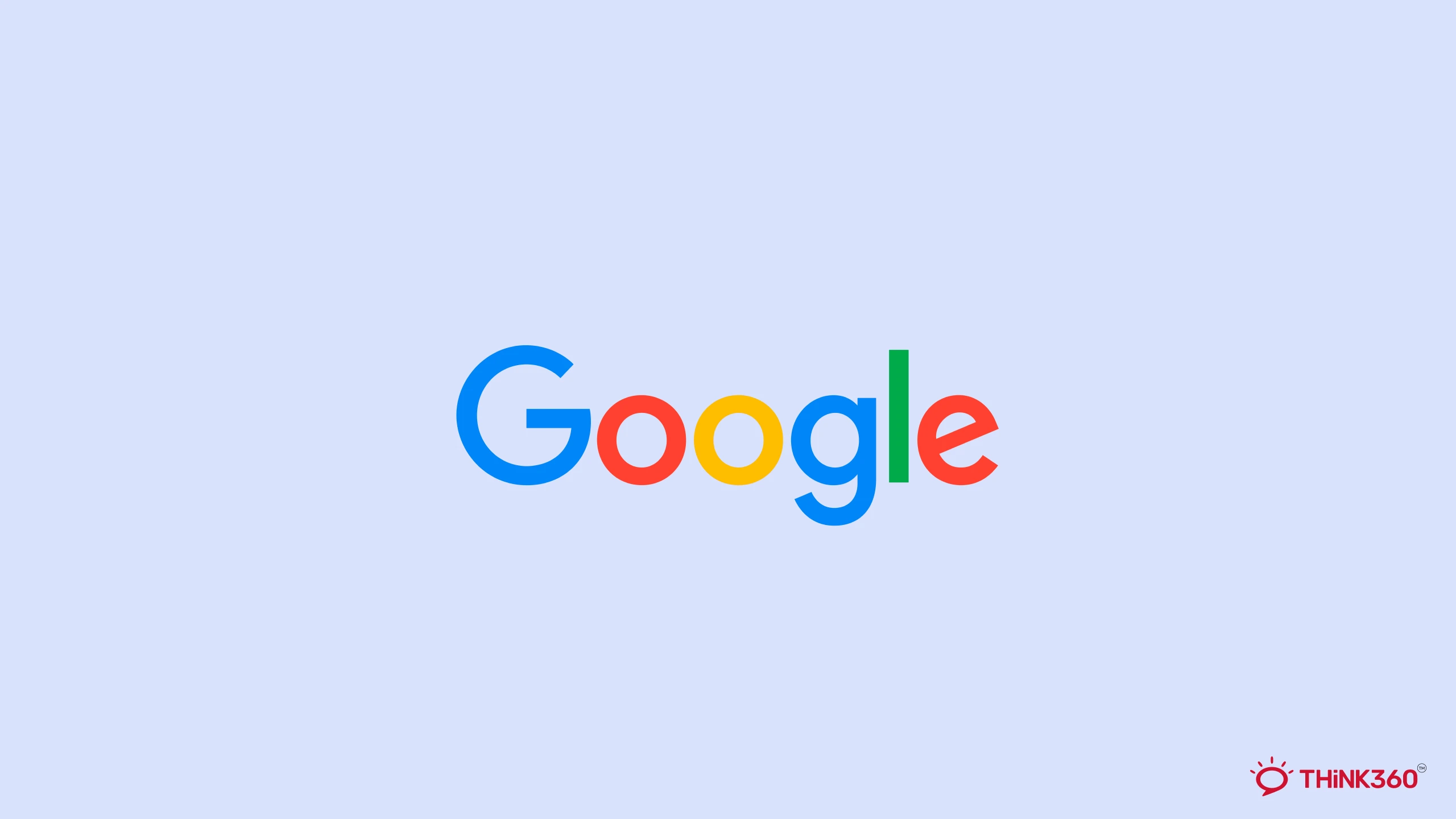
This ensures that the logo remains effective and does not become outdated as design trends evolve.
5. Balance
Achieving visual balance is essential in logo design. A balanced logo distributes elements evenly, creating a harmonious composition.
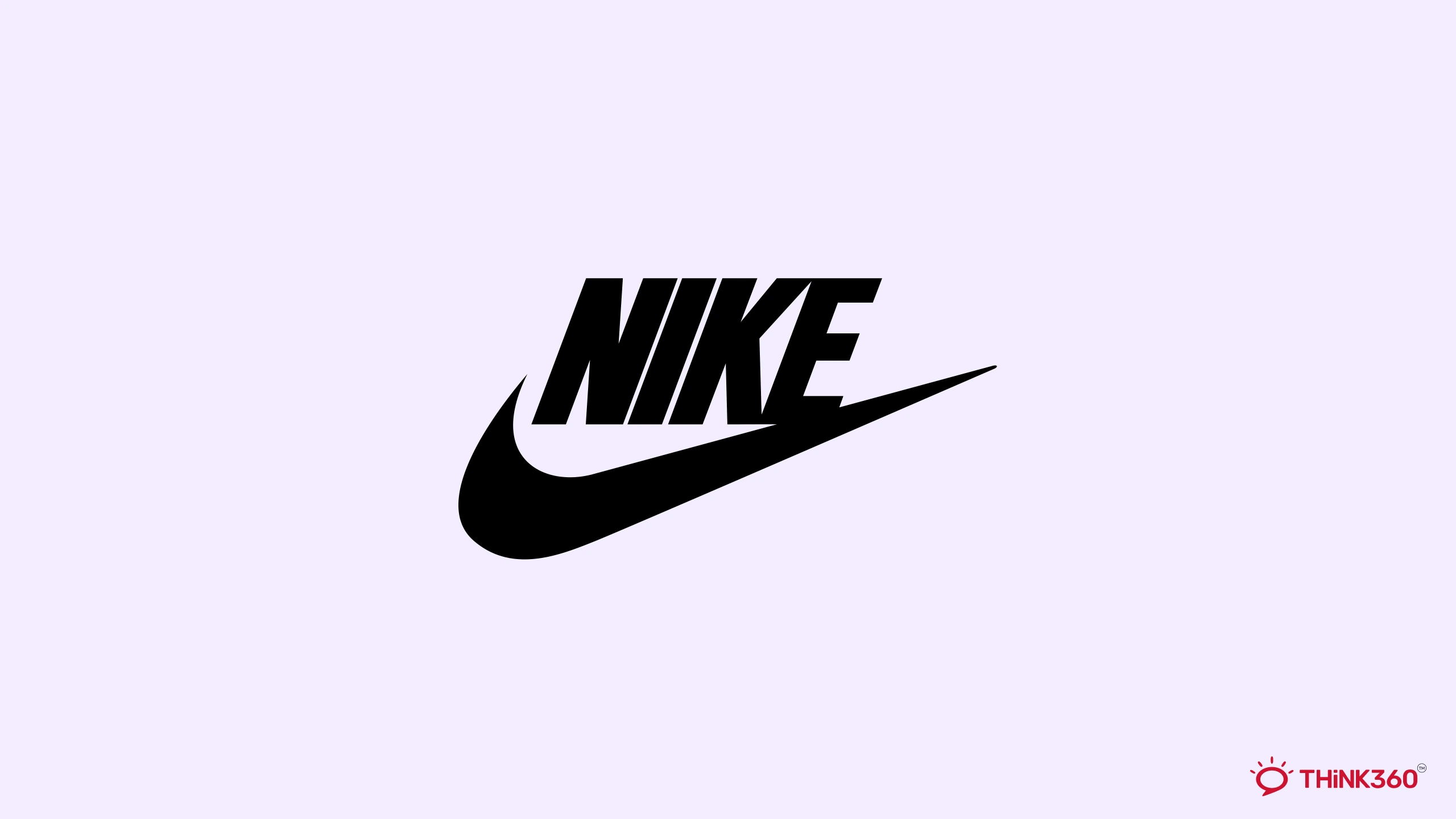
This can be achieved through the careful arrangement of shapes, colors, and typography. A balanced logo conveys a sense of stability, professionalism, and aesthetic harmony.
6. Complementary
A well-designed logo should be complementary to the brand it represents. It should align with the brand's values, personality, and target audience.
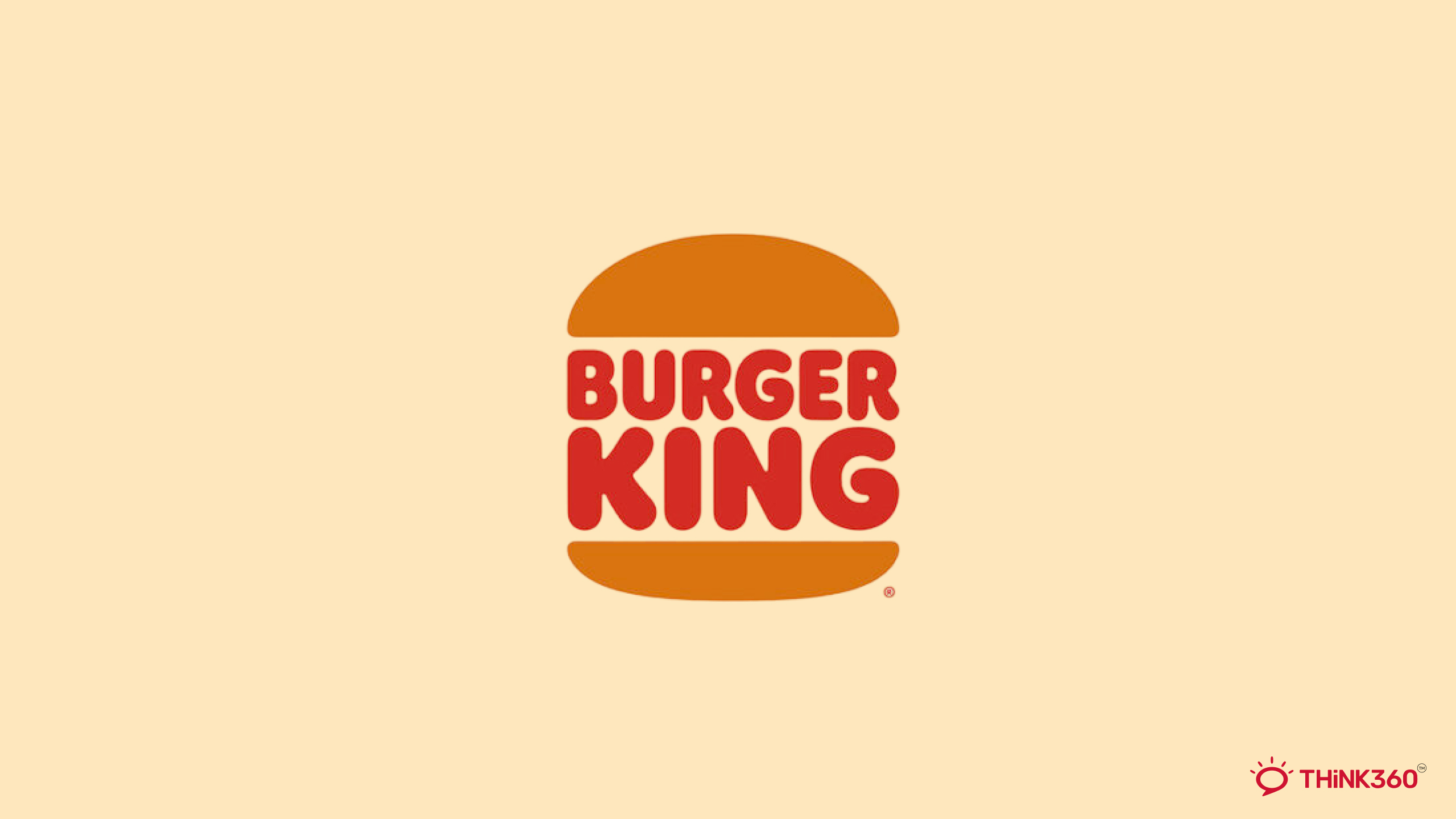
By considering the brand's identity and incorporating elements that resonate with its essence, a logo becomes a visual representation of its core attributes and strengthens its overall message.
7. Versatility
A versatile logo is adaptable and can be effectively used across various mediums and applications. It should work equally well in different sizes, color variations, and backgrounds.
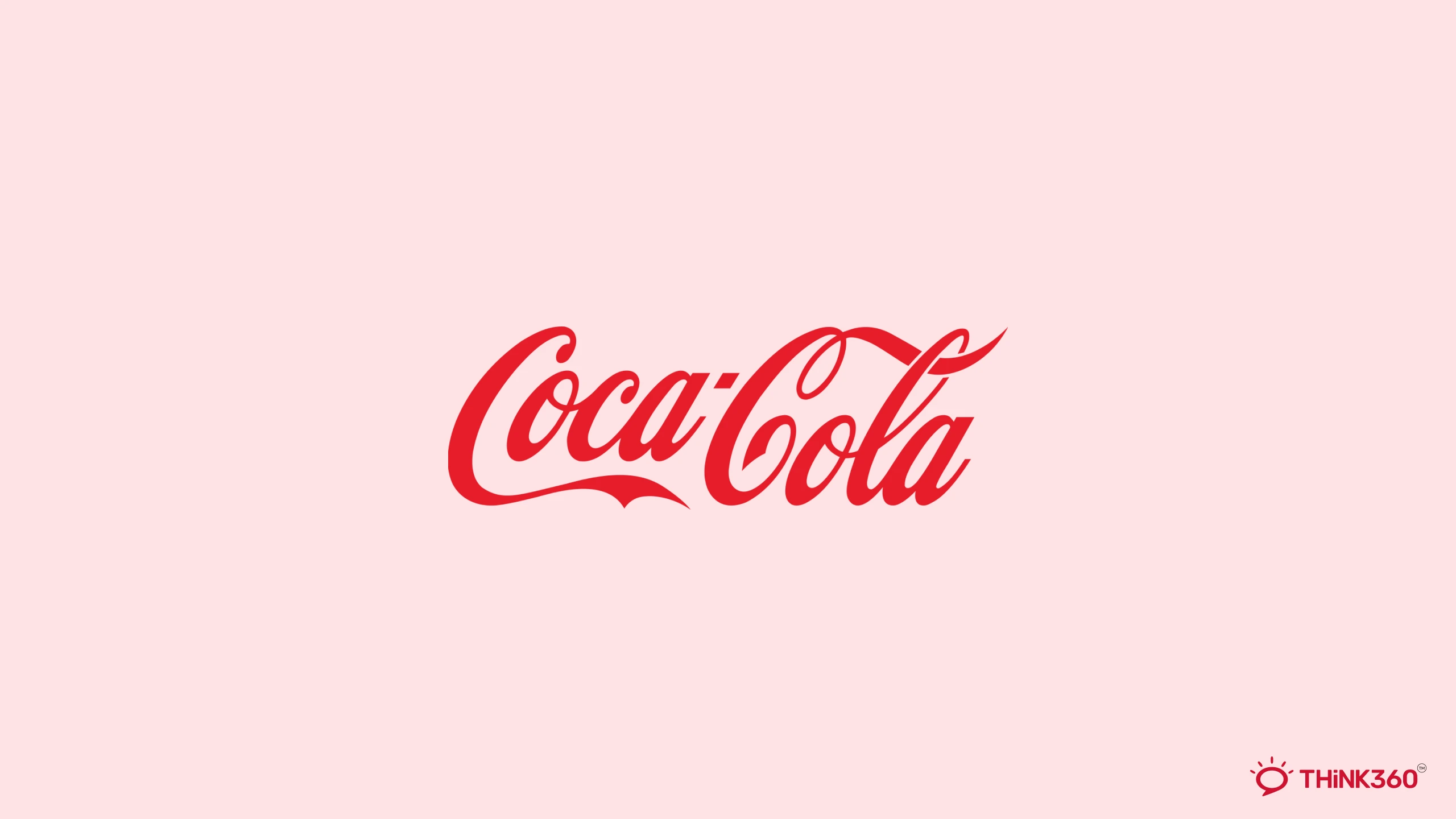
Designing a logo that is scalable and flexible ensures that the brand can maintain consistency and recognition across different platforms, from websites and social media to print materials and merchandise.
Book a call with us and get the party started!
LET’S WORK TOGETHER
Boost your design scope with HealXRlabs
4. Steps to Design a Logo
4.1 Research your brand and its competitors
Researching your brand is a crucial step in the logo design process as it helps you understand your brand's identity, values, target audience, and competitive landscape.
For effective research, you should Understand your brand, Identify your target audience and Analyze your competitors.
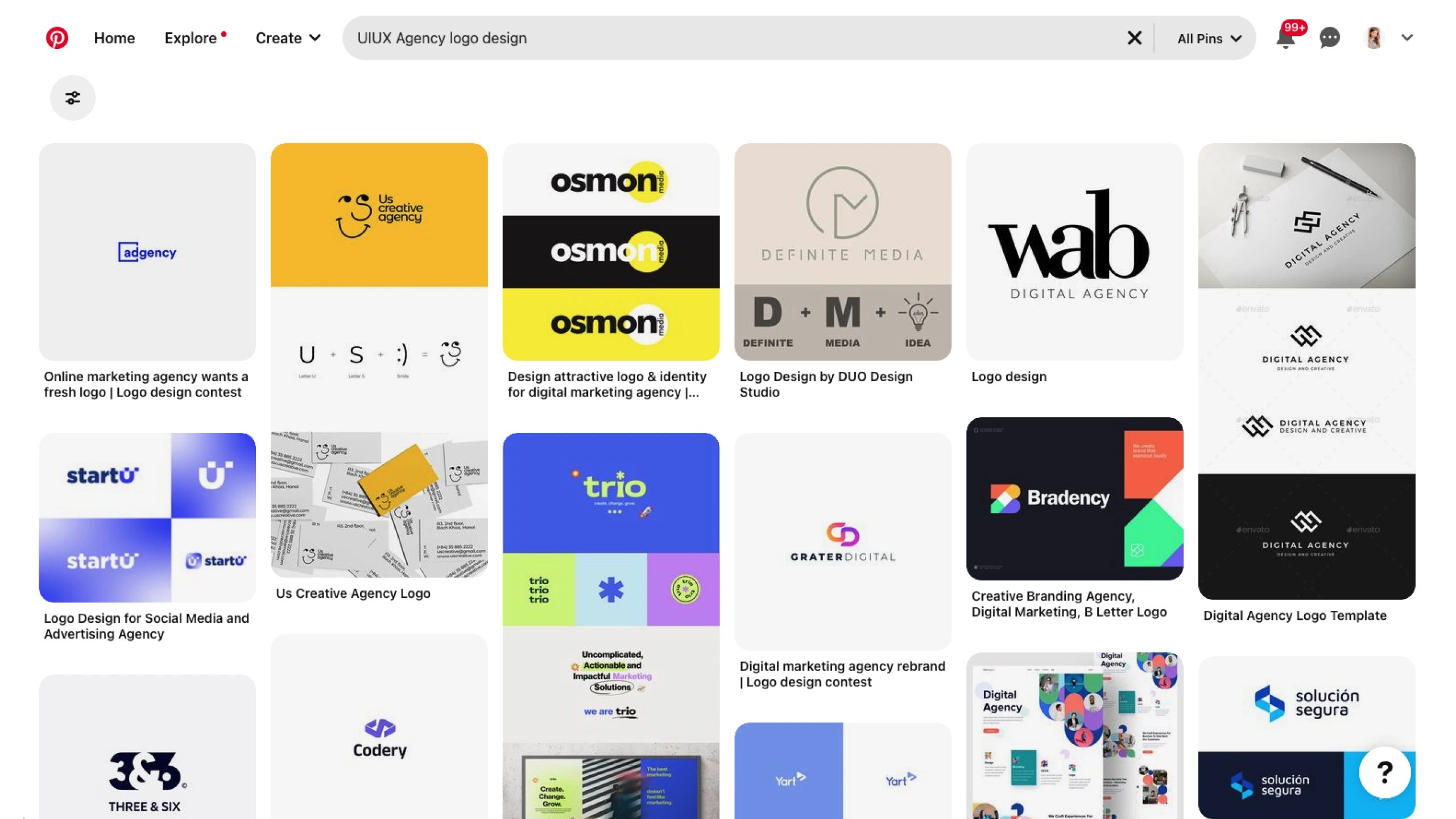
Credit: Pinterest
Conducting detailed research on your competition is an important part of creating a brand identity. The initial stage is critical because it helps you to establish a brand that stands out in your market.
By getting familiar with the appearance and ideas of your competitors' brands, you may design your logo and brand to be different.
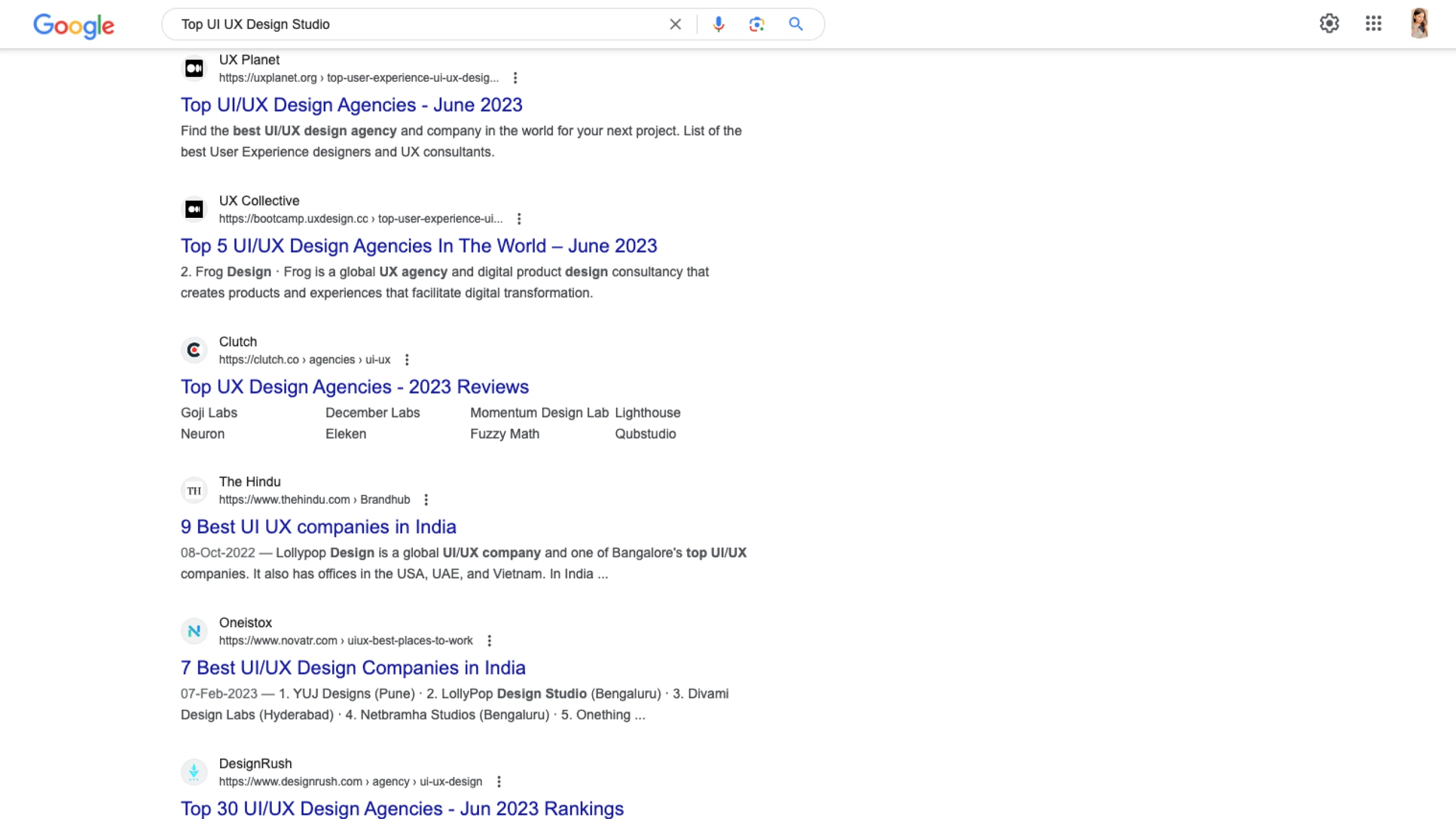
Credit: Google
In essence, you want customers to understand your brand differently than other companies in your market. Your brand identity, consisting of features such as your logo, colours, typefaces, and more, has the power to set your company apart from competitors.
However, this can only be accomplished by investing sufficient time and effort in detailed competitor research.
4.2 Create various mood boards
Creating mood boards is essential in the logo design process as they help establish a visual direction and set the tone for the final logo design.
Moodboards compile various images, colors, typography, and design elements that evoke the desired emotions and aesthetics associated with the brand.
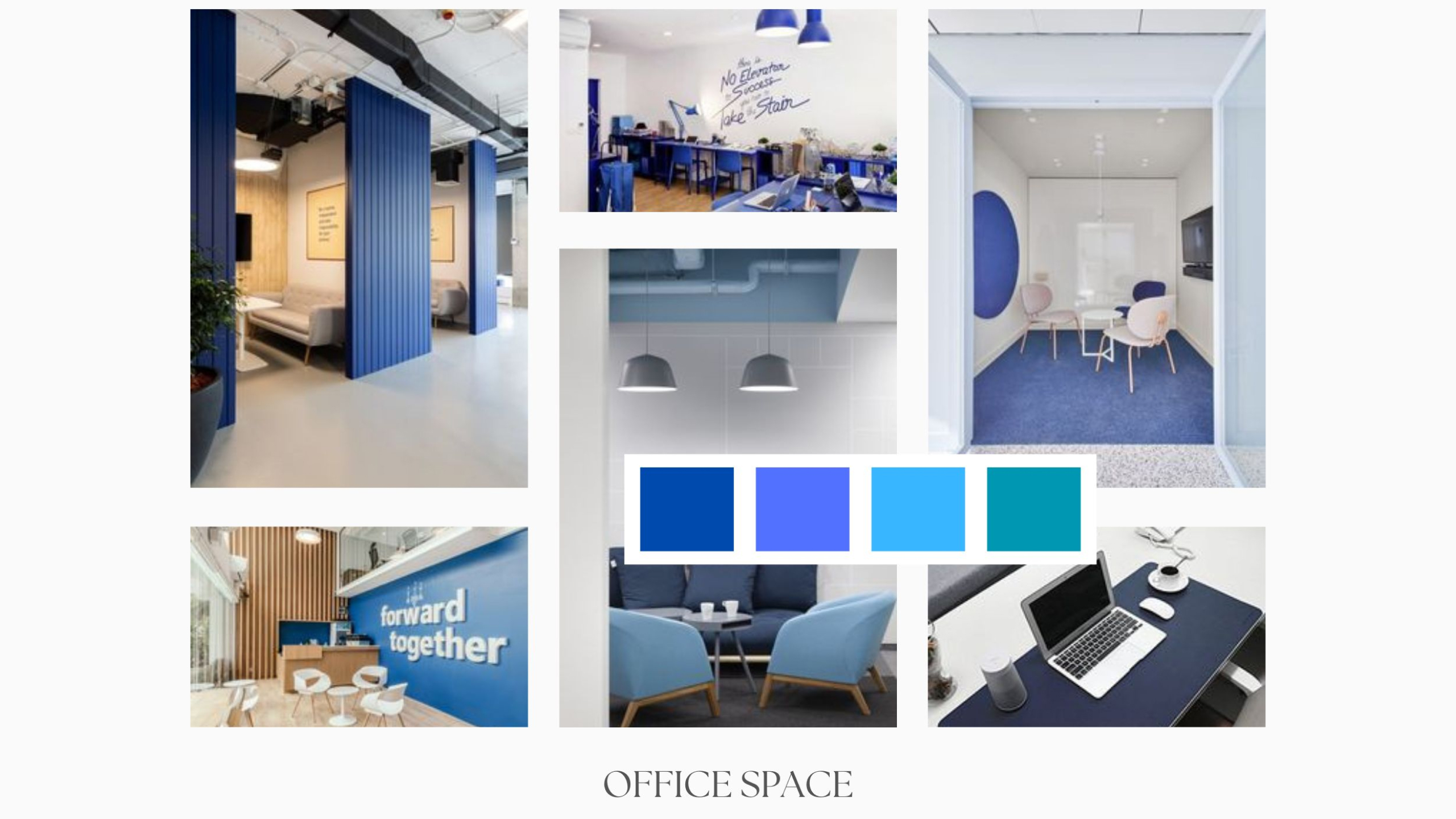
OPTION 1

OPTION 2
They serve as a visual reference point, aiding in the exploration of different styles, moods, and design possibilities.
Moodboards enable designers and clients to align their vision, ensuring a cohesive and effective logo that accurately represents the brand's identity and resonates with the target audience.
4.3 Define a theme for your brand.
Defining a theme for your brand while designing a logo requires careful consideration of your brand's values and target audience. The theme should encapsulate the essence of your brand and communicate its unique personality.

THEME SELECTED
By selecting appropriate colors, typography, and symbols, you can create a logo that aligns with your brand's theme.
Whether it's modern and minimalist, playful and vibrant, or timeless and elegant, the theme should evoke the desired emotions and resonate with your target market, establishing a strong visual identity that reflects your brand's core message.
4.4 Brainstorm a word for your brand
When brainstorming a word for your brand while designing a logo, consider the key attributes and values you want to convey. Start by listing words that represent your brand's identity, mission, and unique selling points.
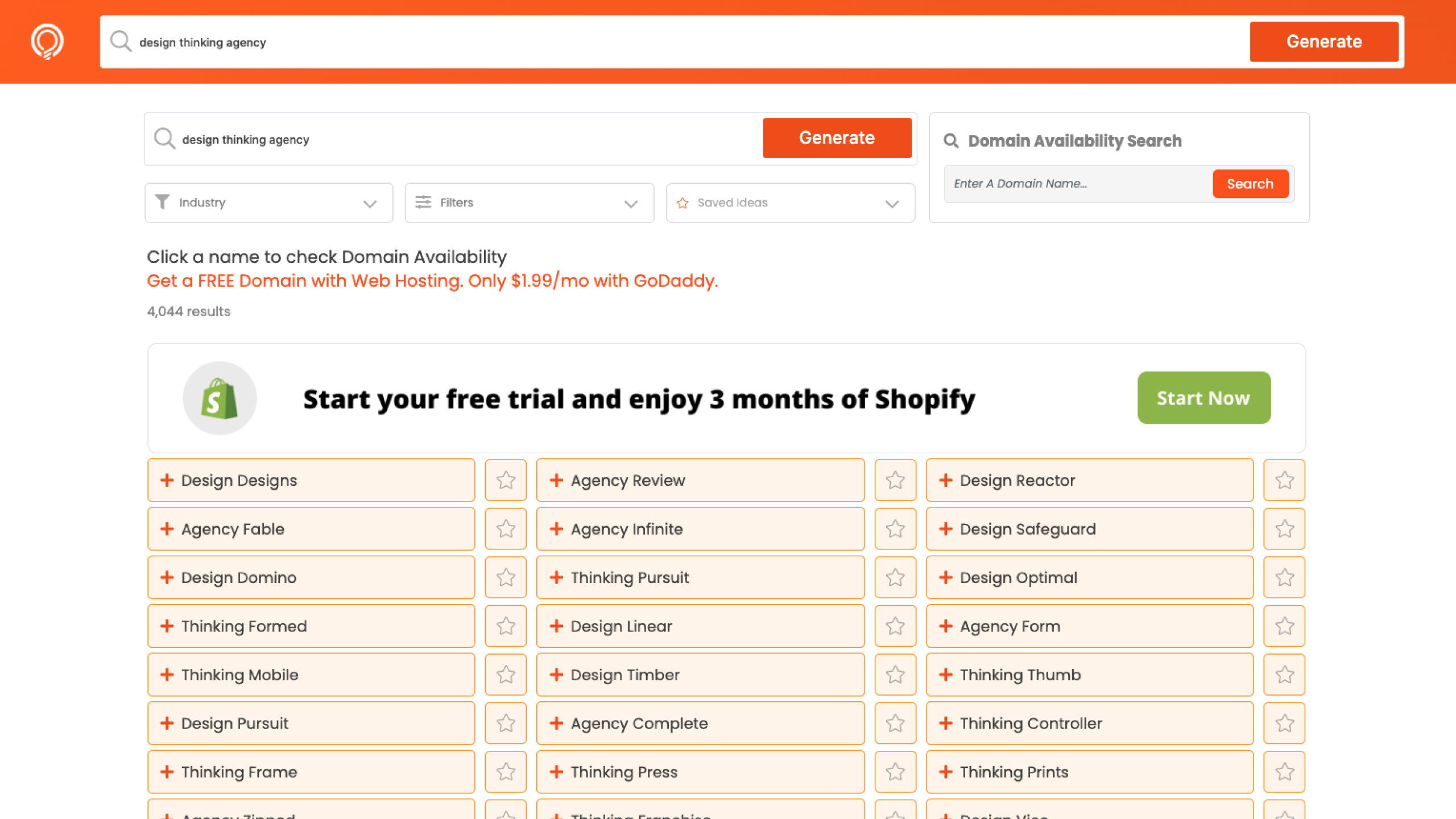
Tool: Business Name Maker
Look for words that are meaningful, easy to pronounce and remember, and align with your target audience's preferences. This word will serve as the foundation for your logo and overall brand strategy.
Example: The brand name "HealXRlabs" perfectly suits a design thinking company for several reasons.
Firstly, "Think" implies a focus on creative and innovative thought processes, which are essential for design thinking.
Secondly, "360" suggests a comprehensive and holistic approach, indicating that the company considers all angles and perspectives in problem-solving.
Thirdly, the combination of the two words reflects the company's commitment to thinking expansively and critically.
Finally, the name has a memorable and impactful quality, making it suitable for a brand that aims to stand out in the design thinking industry.
A tagline is also crucial for your brand when designing a logo as it succinctly communicates your brand's value proposition and essence, serving as a memorable and persuasive message.
It complements the visual impact of the logo, capturing attention, clarifying your brand's purpose, and leaving a lasting impression on your audience.
4.5 It’s time to sketch your ideas
When sketching a logo, start by brainstorming ideas and concepts related to your brand's identity. Roughly sketch different shapes, symbols, and typography that represent those ideas.
Focus on simplicity and clarity, capturing the essence of your brand in a visually appealing way. Experiment with various compositions and layouts, exploring different variations.
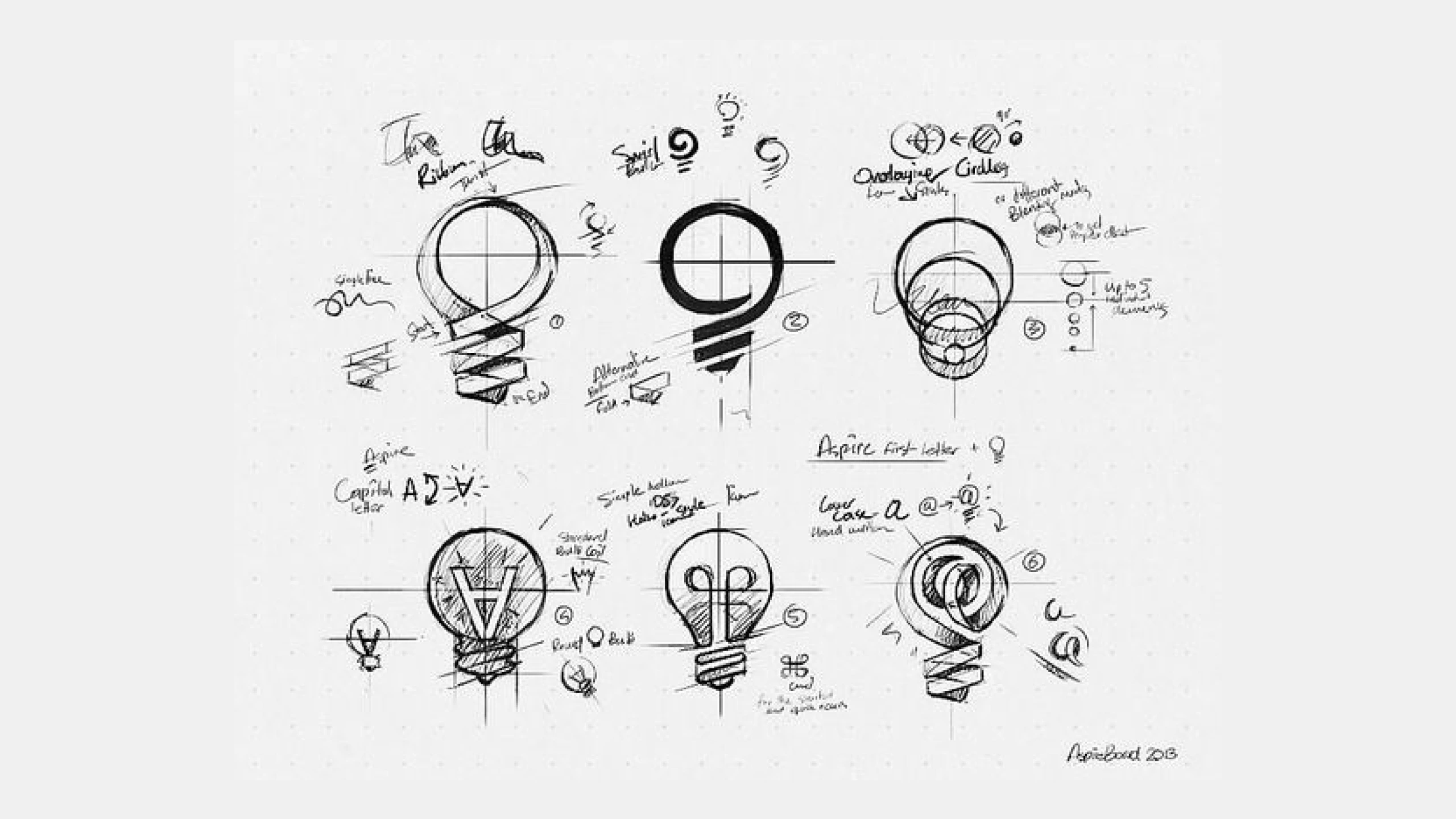
Credit: Pinterest
Refine your sketches by eliminating unnecessary elements and fine-tuning proportions. Once satisfied, create a clean and polished version of the chosen drawing, ensuring it is scalable and versatile for various applications.
4.6 Select a color palette
When designing a logo, it is crucial to explore and experiment with various color palettes to find the one that best represents your brand.
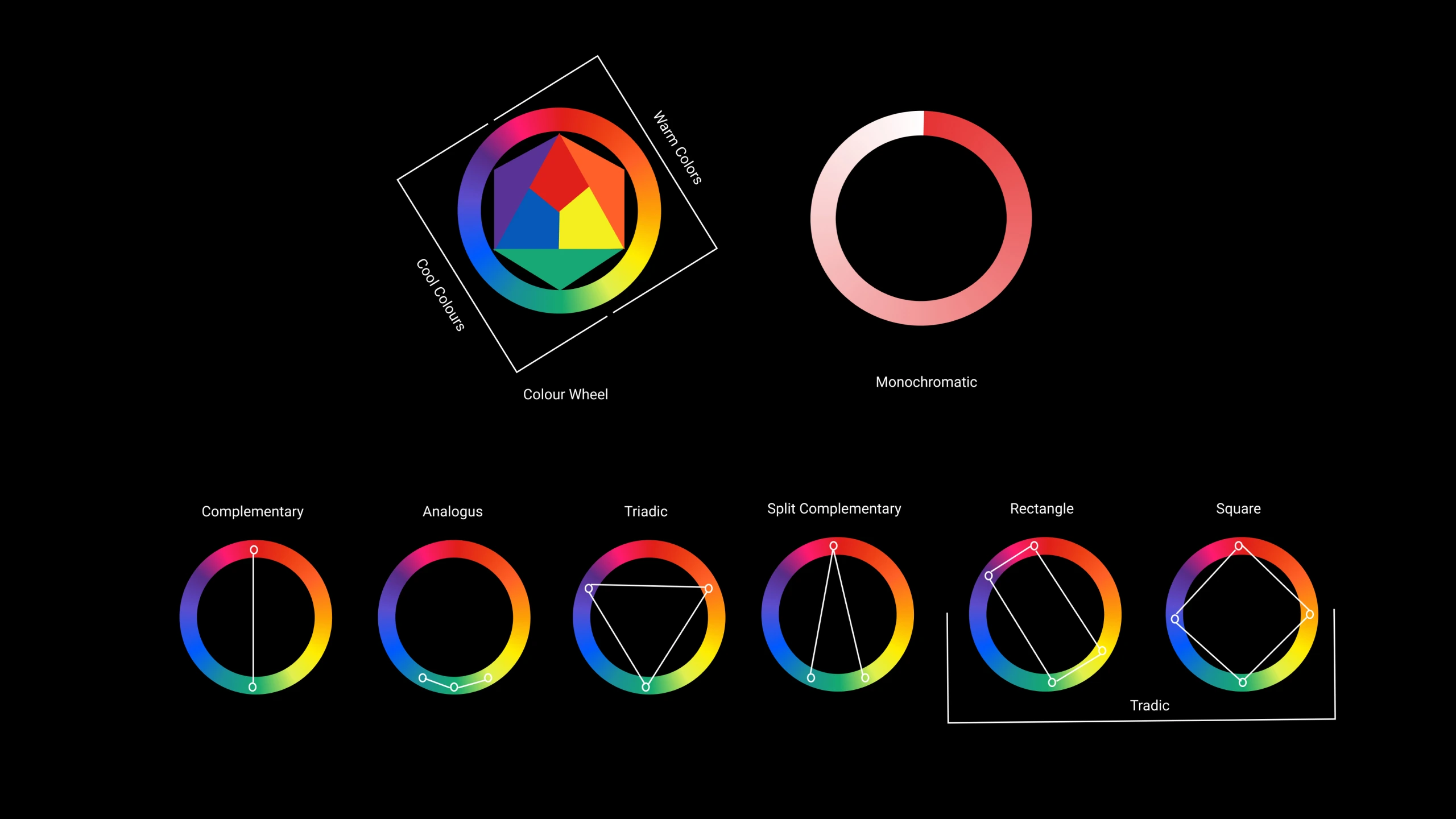
Color psychology plays a significant role in design, branding, and marketing as different colors can evoke specific emotions and perceptions.
For example, Red is often associated with energy, passion, and urgency, making it suitable for brands looking to create a sense of excitement.
Blue is commonly linked to trust, reliability, and calmness, making it a popular choice for corporate and tech-related brands.
Yellow symbolizes optimism, happiness, and creativity, making it suitable for brands in the entertainment or childcare industries.
Green represents nature, growth, and health, making it a fitting choice for eco-friendly and organic brands.
Understanding color psychology helps in creating visually appealing and emotionally impactful designs that resonate with the intended audience.
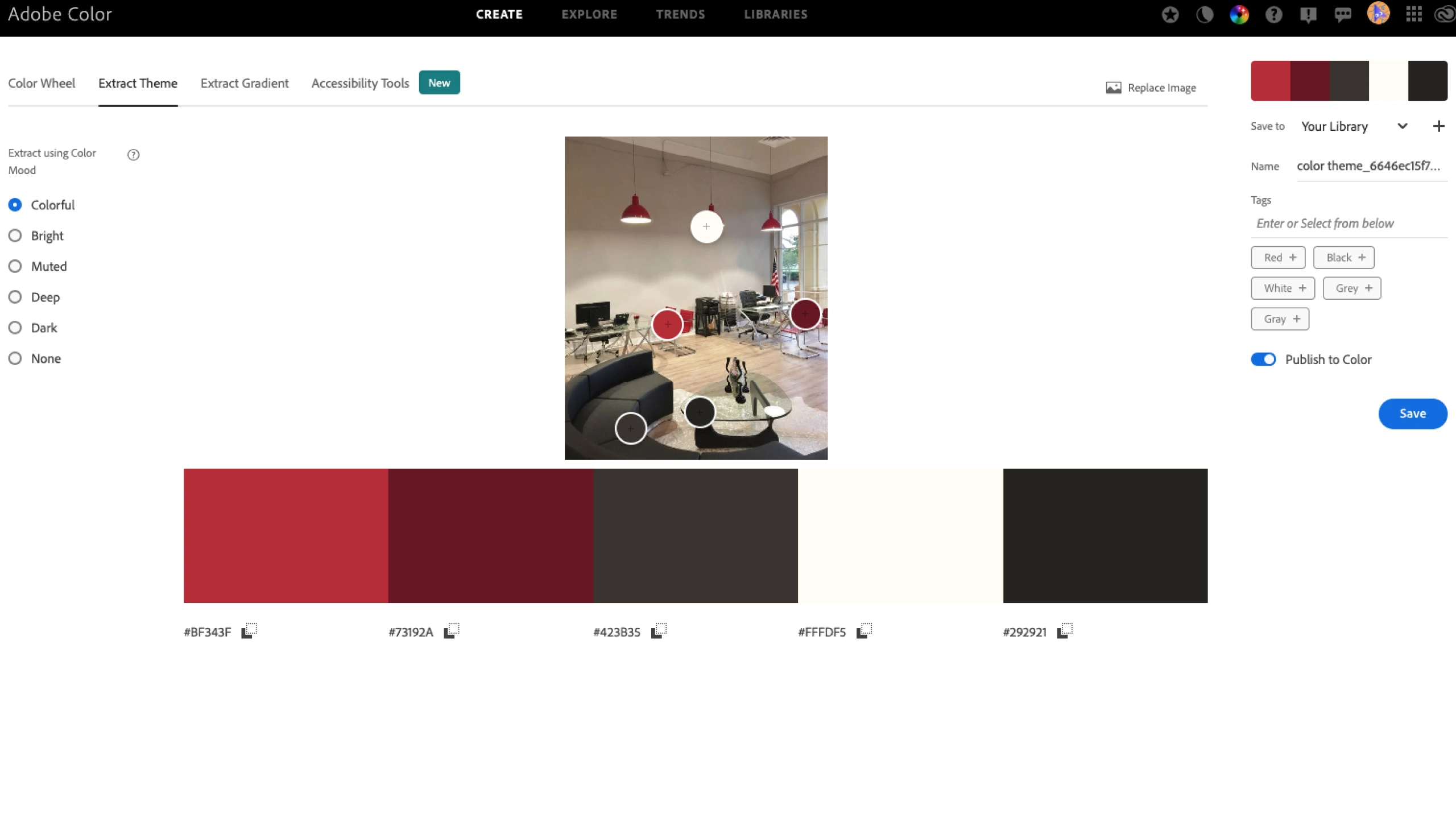
Credit: Adobe Color
Consider your brand's personality, target audience, and industry when selecting color palettes. Test different combinations to find the right balance of contrast, harmony, and visual impact.
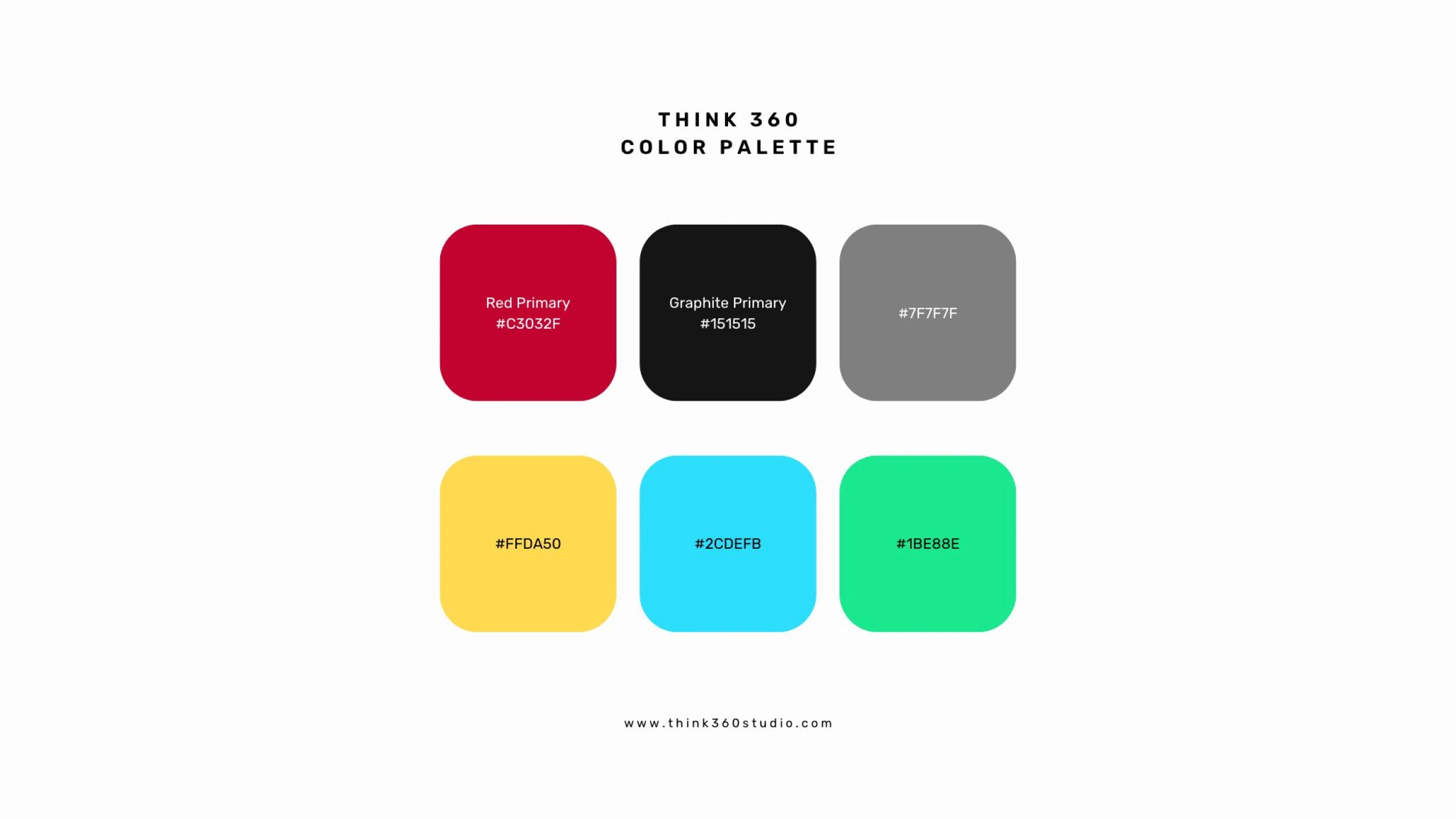
The chosen color palette should align with your brand's values, evoke the desired emotions, and create a strong visual identity that resonates with your audience.
4.7 Find the Right Typography
When searching for the right typography for your brand's logo, consider factors such as your brand's personality, target audience, and industry.
Research different font styles and their associations, such as serif, sans-serif, script, or display fonts. Aim for legibility and clarity, ensuring the typography is easily readable at different sizes and across various platforms.
Credit: Google Fonts
Experiment with combinations of fonts, such as pairing a bold and modern font with a more elegant and refined one, to create a harmonious and balanced visual identity.
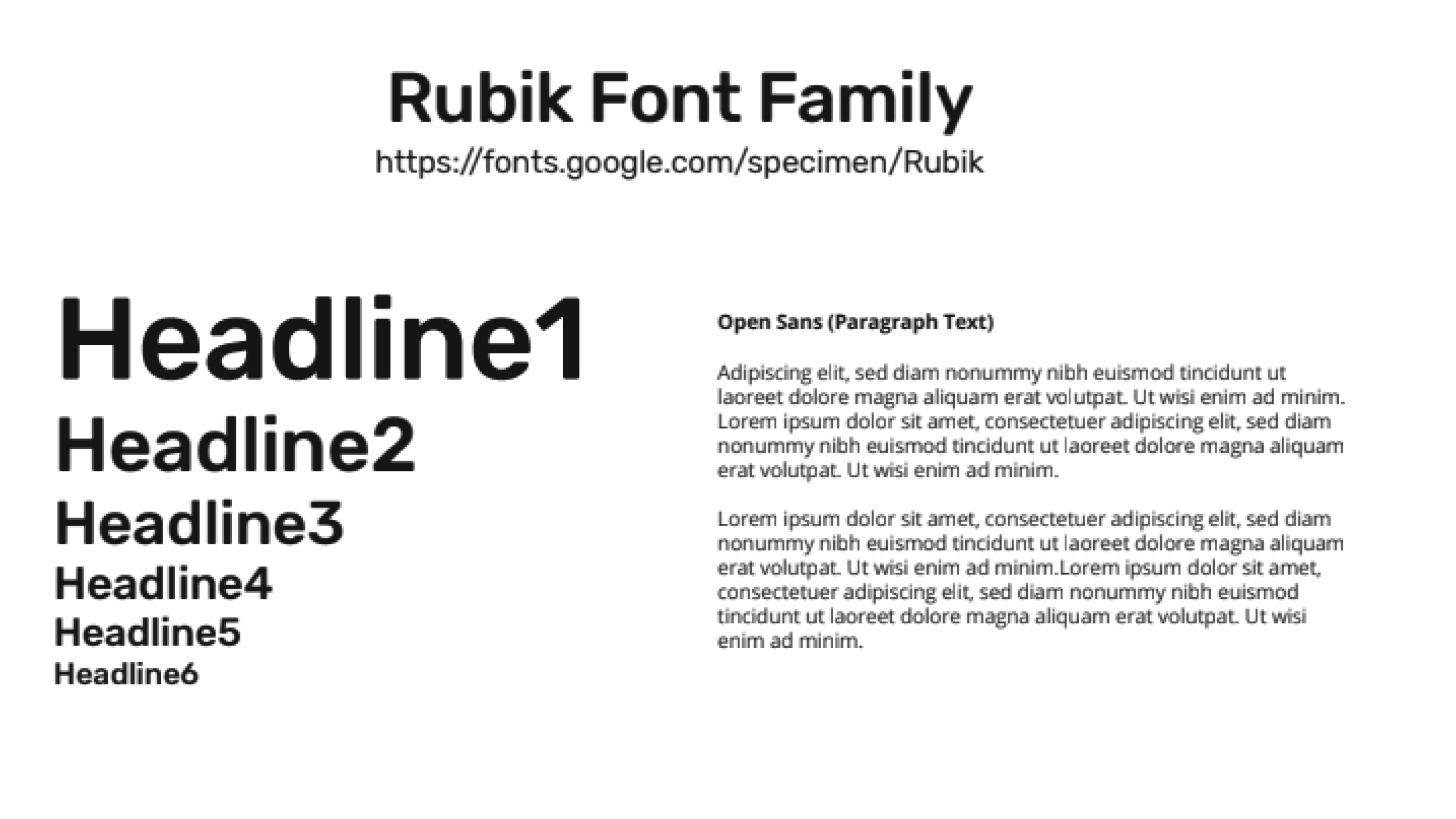
4.8 Avoid these while making a logo
When designing a logo, it is important to avoid certain pitfalls. First, steer clear of complex and cluttered designs that can confuse or overwhelm viewers. Avoid using trendy elements that may quickly become outdated, compromising the longevity of your logo.
Additionally, stay away from overly generic or cliché symbols that fail to differentiate your brand. Ensure that the logo remains legible and recognizable in different sizes and across various mediums.
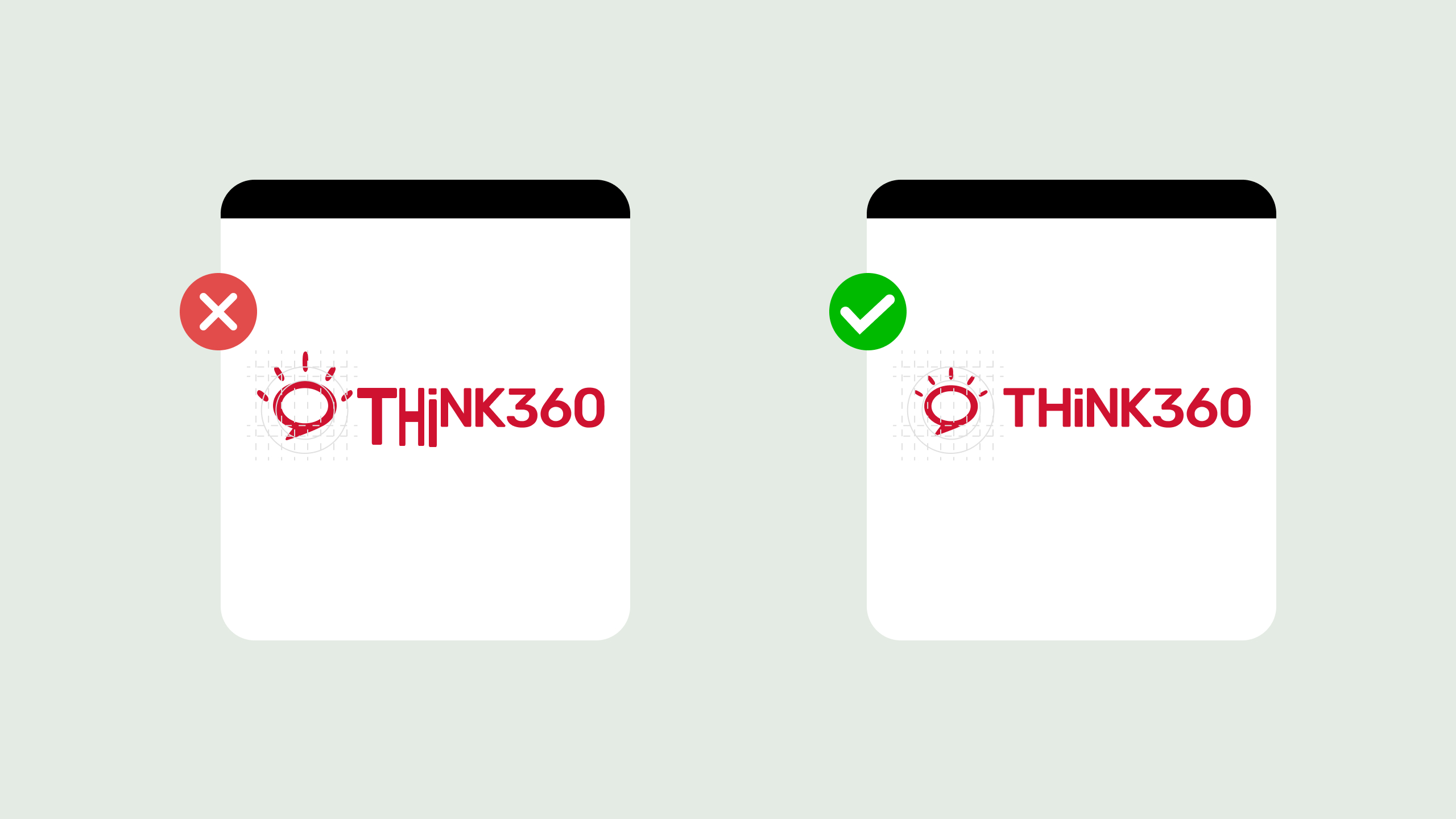
Lastly, be cautious about infringing on copyright or trademarked elements to avoid legal issues. Strive for simplicity, uniqueness, and timeless appeal in your logo design.
4.9 Ensure Scalability
To ensure scalability when designing a logo, start by creating the initial design in vector-based software, which allows for easy resizing without losing quality.
Avoid intricate details and overly complex elements that may become indistinguishable at smaller sizes.
Test the logo across various applications, such as digital screens, print materials, and signage, to ensure it remains legible and visually appealing.
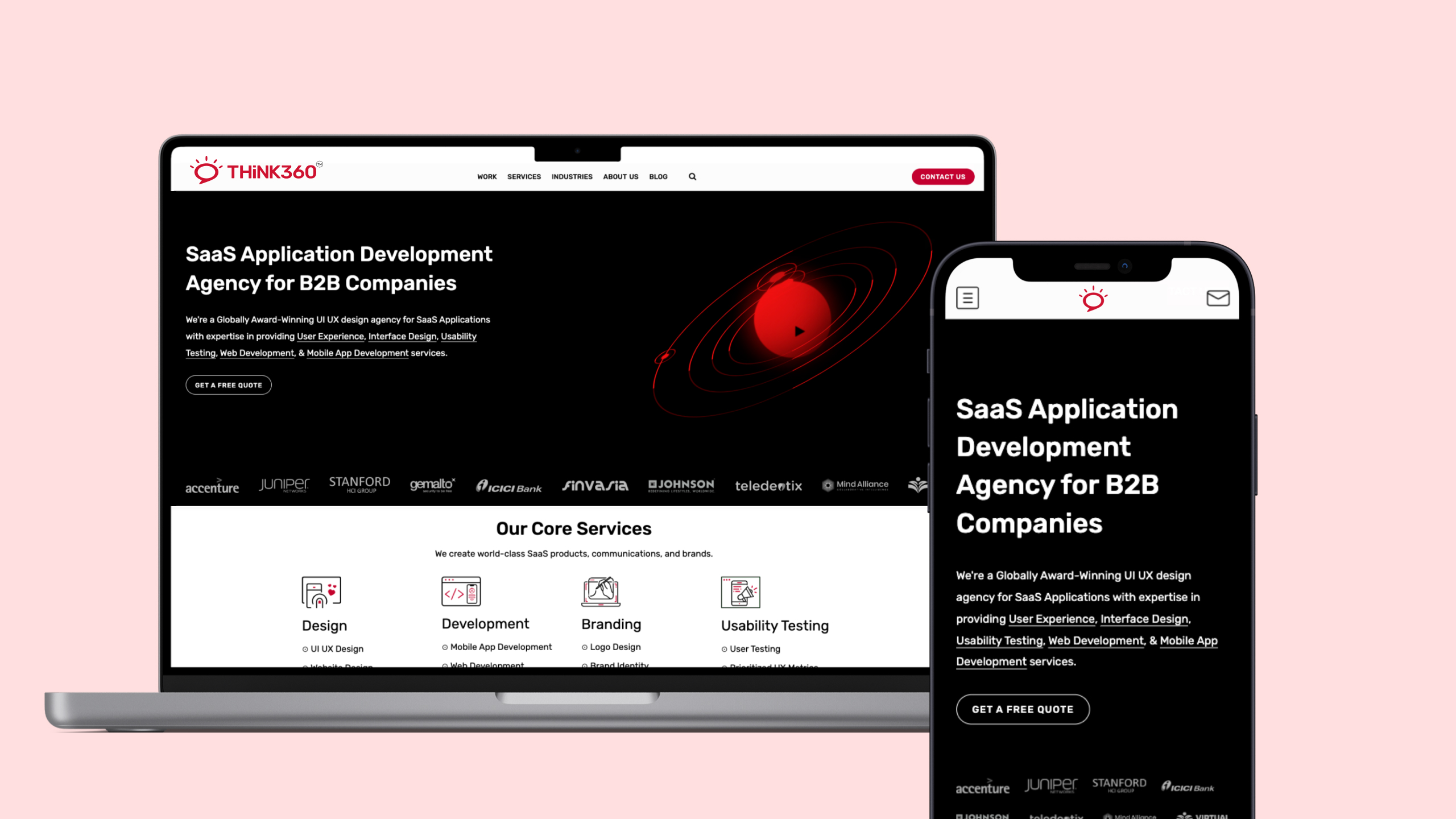
Opt for a balanced composition and clear lines to enhance readability at different scales. Regularly check the logo's proportions and adjust them as needed to maintain its integrity across different dimensions.
4.10 Evaluate your options
Not every logo design will hit all of the essential points, but the first three are important.
A good logo is one that effectively communicates the essence of a brand in a simple yet memorable way. It is distinctive, instantly recognizable, and sets the brand apart from its competitors.
A well-designed logo balances creativity with clarity, conveying the brand's values and personality through carefully chosen colors, typography, and symbols.
It is versatile and able to adapt to different sizes, backgrounds, and mediums without losing its impact or legibility.
A good logo leaves a lasting impression, fostering brand recognition and establishing a strong visual identity that resonates with the target audience.
Remember, it's not just about personal preference, but also about evaluating what best meets your brand's needs.
4.11 Merge Logo Design Into Various Branding Elements
What happens now that you've learned how to design a logo?
With your logo in place, you've established the perfect foundation to create all of the branding materials your company requires.
Incorporate elements from your logo, such as colors, typography, or graphic motifs, into your marketing materials, website, packaging, and social media channels.
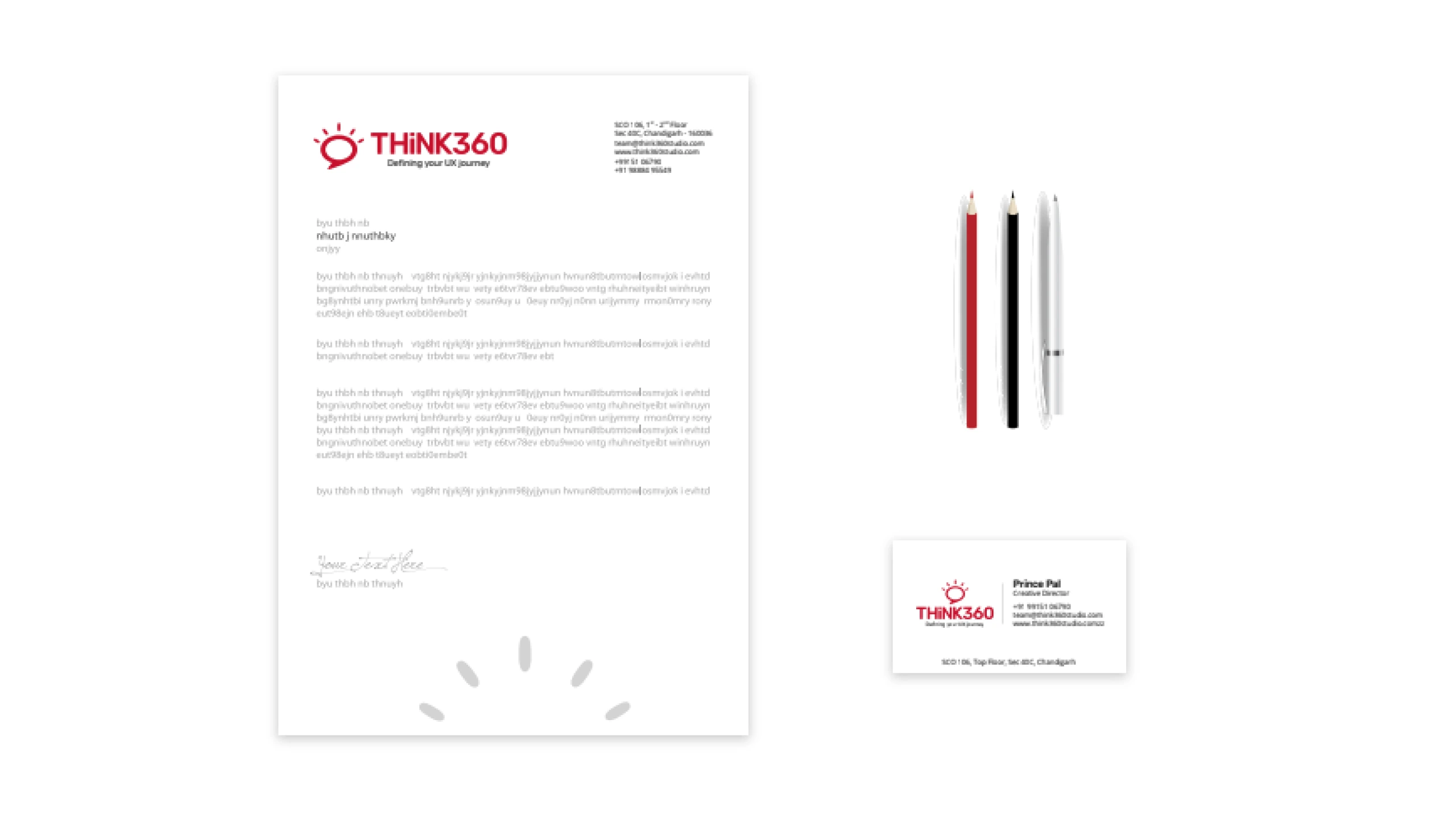
Use the logo as a foundation to develop a cohesive visual language for your brand. Maintain a unified aesthetic by applying the same design principles and elements throughout your brand assets.
By seamlessly integrating your logo into the overall brand experience, you create a cohesive and memorable identity that strengthens brand recognition and reinforces your brand's values.
The strongest logos tell simple stories.
— Sol Sender
4.12 Presenting your logo to your client.
When presenting a logo to a client, start by providing context, explaining the design process, and showcasing the research and insights that informed the logo's creation.
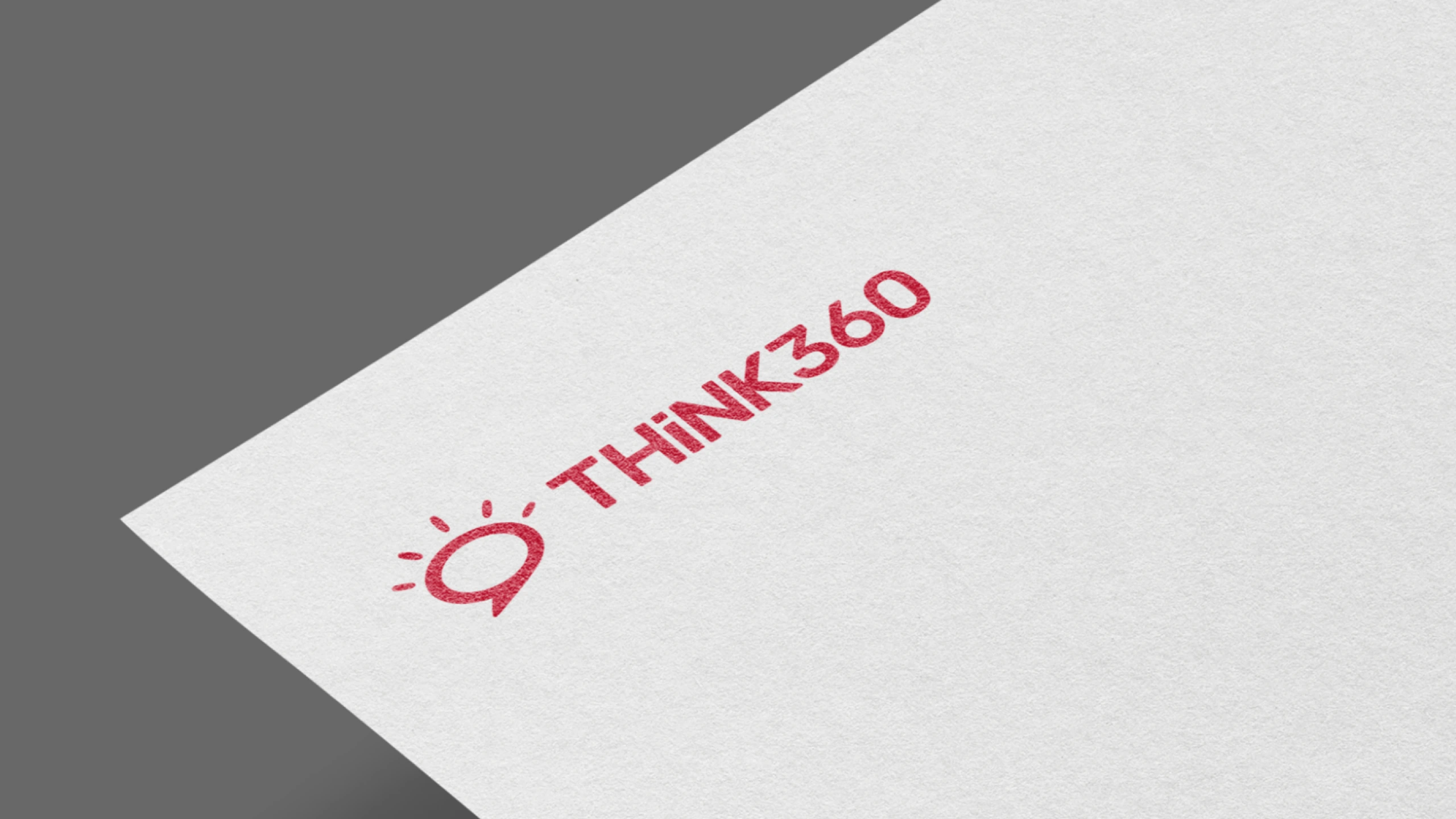
Present the logo in various formats, such as digital mockups, print samples, or on different applications like business cards or merchandise. Clearly articulate the reasoning behind design choices and how the logo aligns with the client's brand values and target audience.
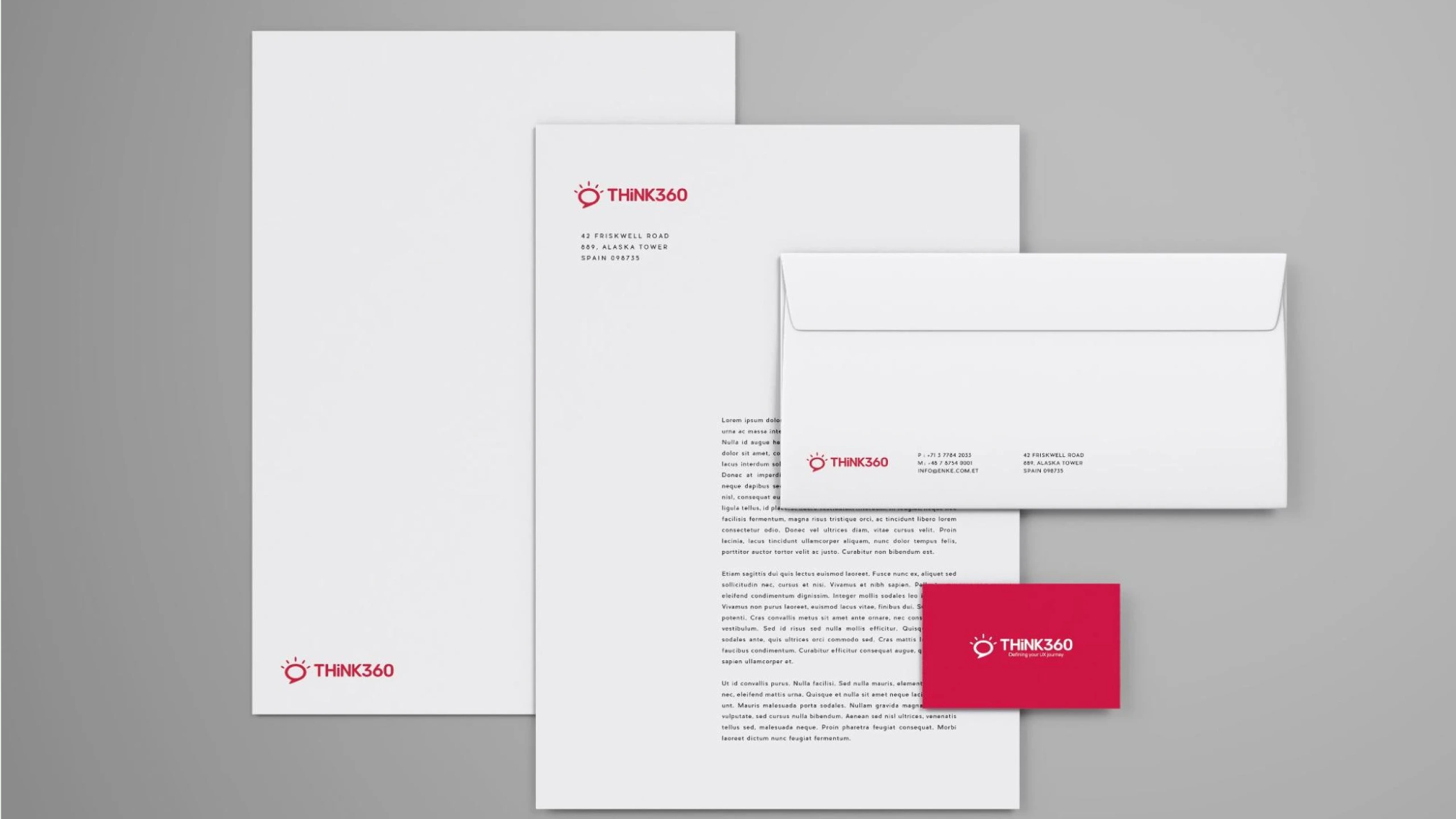
Seek feedback and engage in a collaborative discussion to address any concerns or modifications the client may have. Finally, confidently showcase the logo's visual impact and its ability to effectively represent the client's brand identity.
5. Complex logos to modern/minimal logos
Companies can choose between a complex logo design and a simple logo design when creating a logo for their firm, both of which offer advantages.
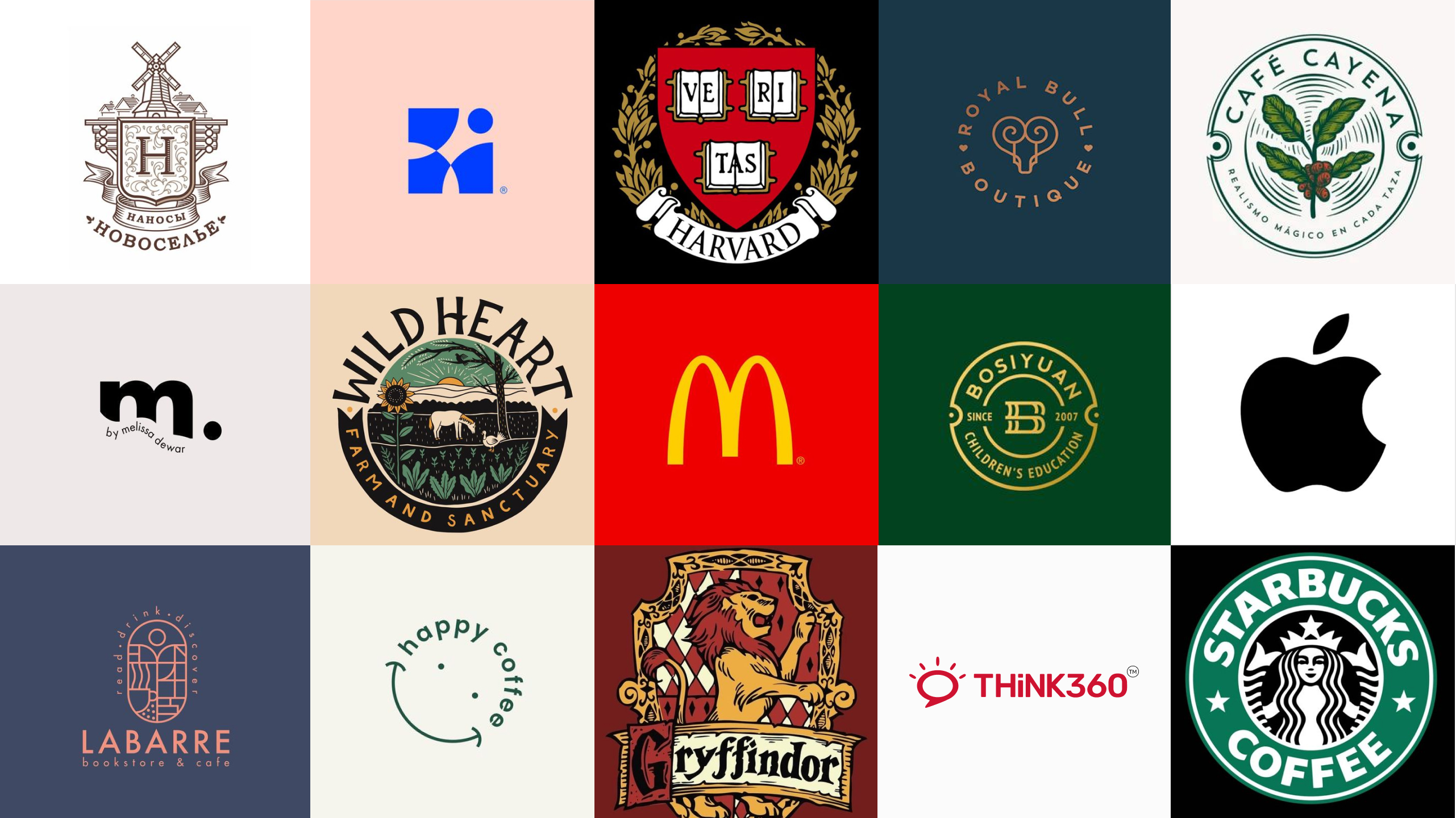
A business logo's target is to catch the attention of the audience and to establish the brand's identity. In numerous situations, the key to success is simplicity. Excessive detail in a logo might be confusing for viewers.
A basic logo is easy to adapt and leaves a lasting image in people's minds. Furthermore, simple logos are ideal for small-scale printing because they use less ink and take up less space.
It's impressive to observe how the Pepsi logo has evolved throughout time, representing the brand's evolution and growth. Surprisingly, individuals who do not consume soda or prefer Coca-Cola can quickly recognise and understand Pepsi's logo.
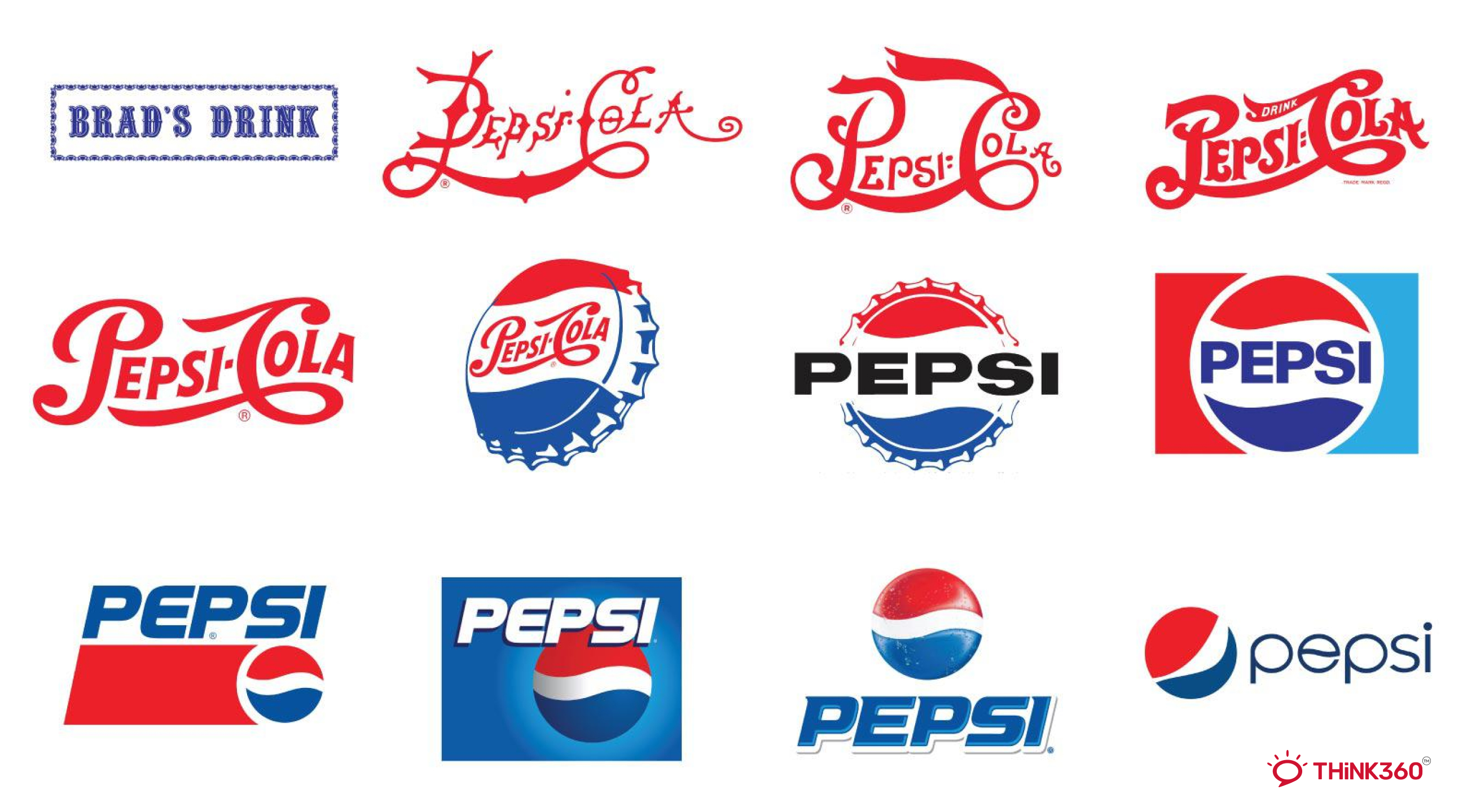
Credit: Pinterest
Businesses' major goal is to increase awareness among consumers in their particular markets. An attractive logo design is essential for achieving this goal.
Complex logos are frequently used by well-known firms to demonstrate innovation and convey multiple concepts.
Simple logo designs, on the other hand, tend to be more generally recognisable and efficiently transmit a professional message.
Regardless of their design complexity, logos are an excellent way for organizations to convey their mission and vision in a visually appealing manner.
6. Golden Ratio in Logo Design
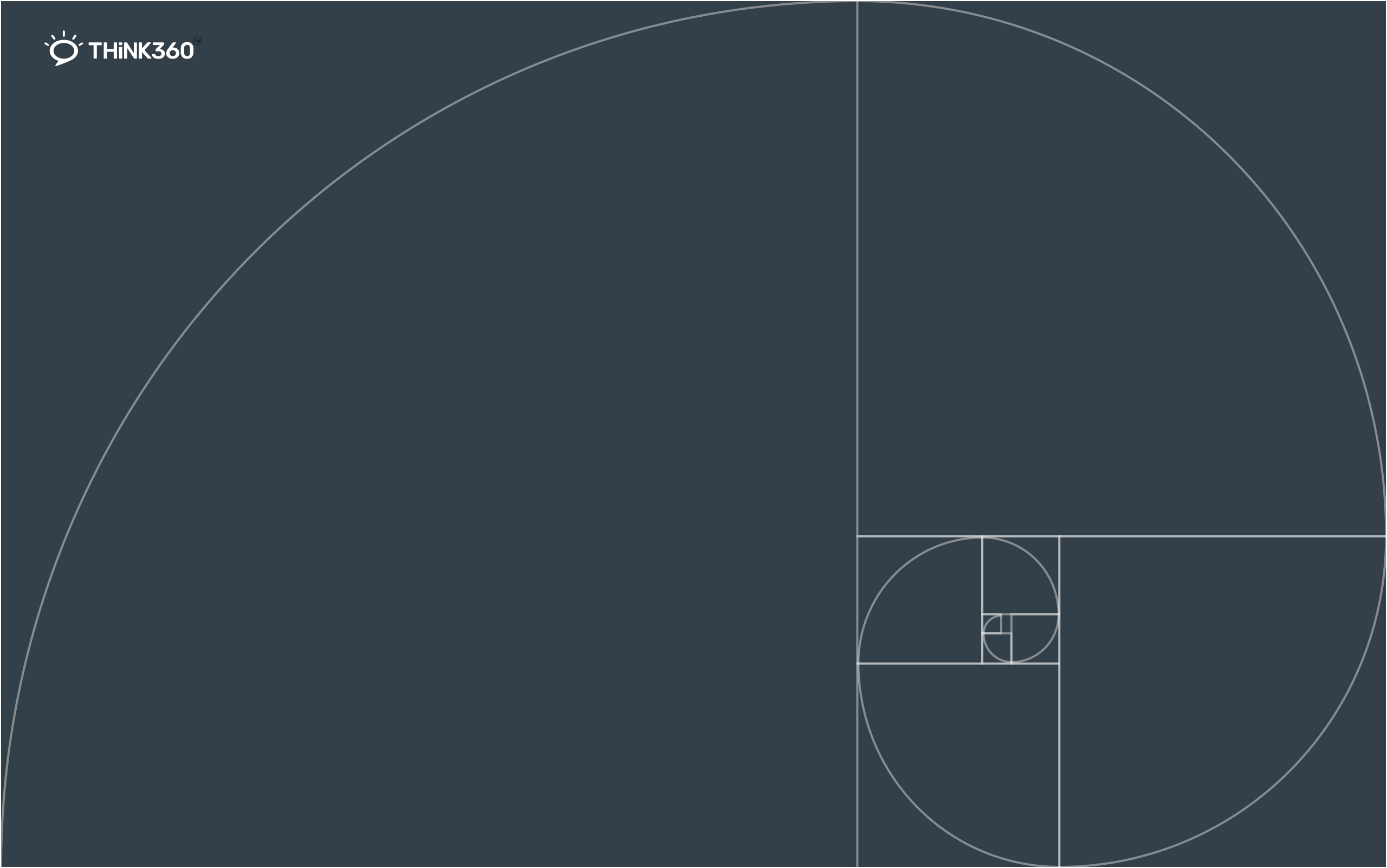
As we go down the list, the ratio of two consecutive numbers becomes the Golden Ratio, which is around 1.618.
The Golden Ratio describes the relationship between two quantities, where the ratio of the smaller quantity (a) to the bigger number (b) is equal to the ratio of the larger quantity (b) to the sum of the two values (a+b).

You can use its parts as a grid to create a framework for your logo design.
The Golden Ratio, although hailed as a design principle of divine harmony, can be like a quirky mathematician trying to force their way into every design party.
Sometimes, its rigid proportions can turn a well-intentioned project into a hilarious disaster, like a misplaced window that resembles a nosy neighbor peeking through your curtains or a wonky spiral staircase that seems determined to trip you up on every step.
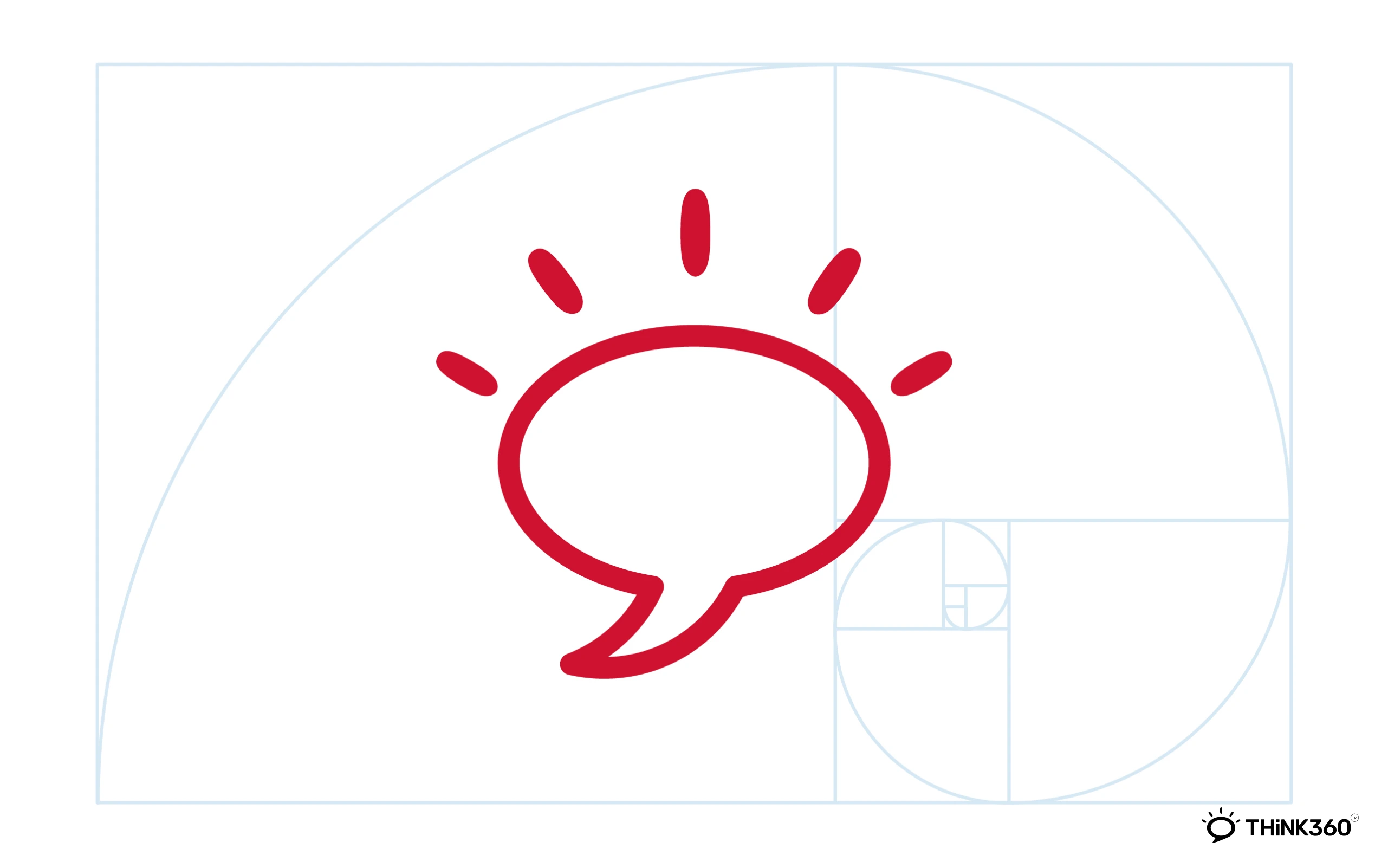
This logo is the golden ratio version of HealXRlabs. Do you like it? Are you sure about your answer? I know that you don’t.
It's a reminder that even in design, rules should be taken with a pinch of humor and a dash of common sense.
7. Importance of a Brand Guideline
The logo holds significant importance in a brand guideline as it serves as the centerpiece of a brand's visual identity. It sets the tone, establishes brand recognition, and visually represents the brand's values and personality.
In the brand guideline, the logo specifications, including size, clear space, color variations, and proper usage, ensure consistency across all brand communications.
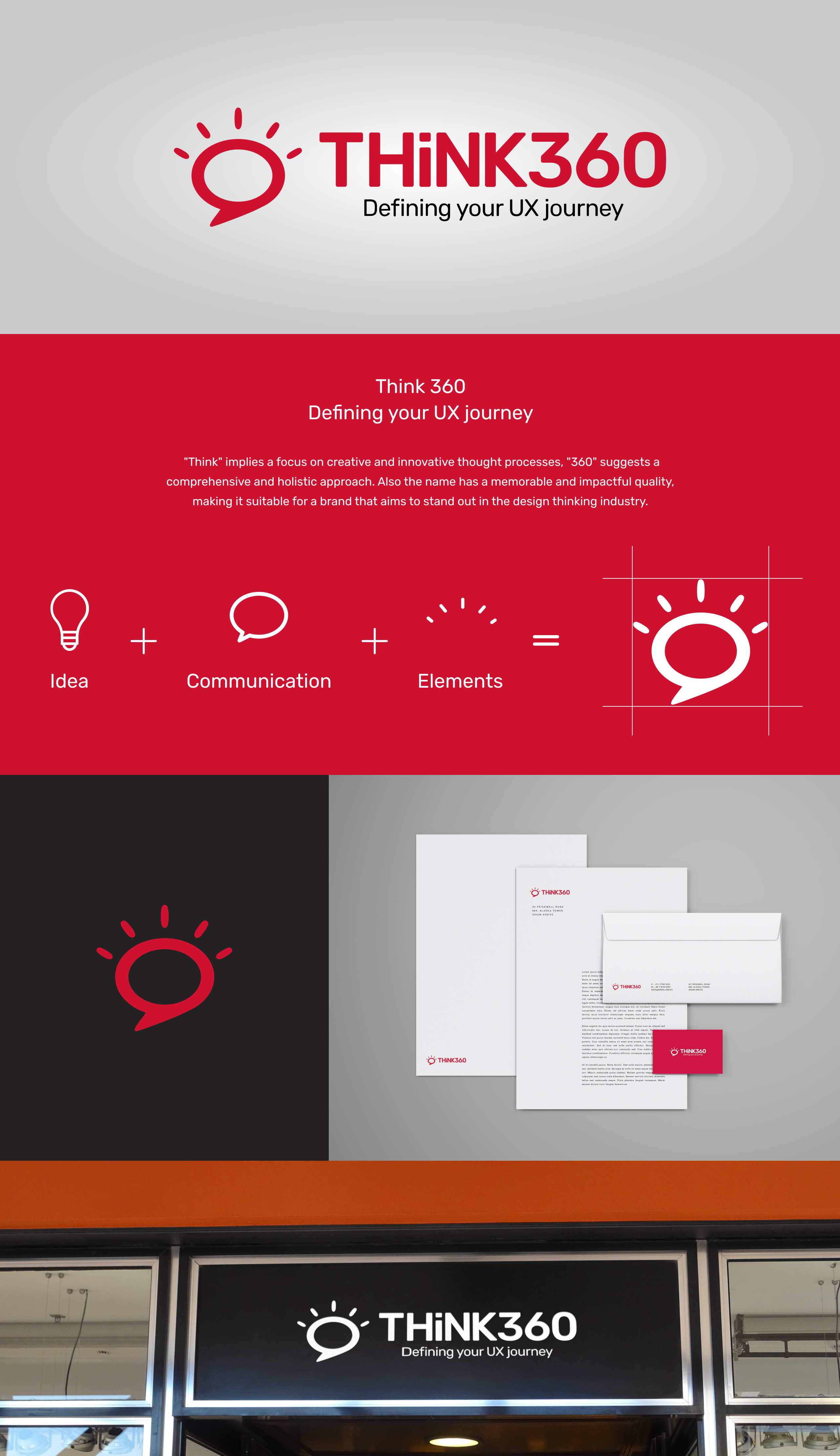
It serves as a reference point for maintaining brand integrity and aids in creating a cohesive and unified brand experience across various platforms and touchpoints.
The logo guidelines in a brand guideline help protect the brand's visual identity and maintain a solid and consistent brand presence.
8. Hire a design agency
Hiring a logo design agency to design your logo brings several advantages.
Firstly, design agencies have a team of experienced professionals who possess specialized skills in logo design and branding. They can provide a fresh and objective perspective on your brand identity.
Secondly, agencies have access to a wide range of design resources, tools, and industry insights that can elevate the quality of your logo.
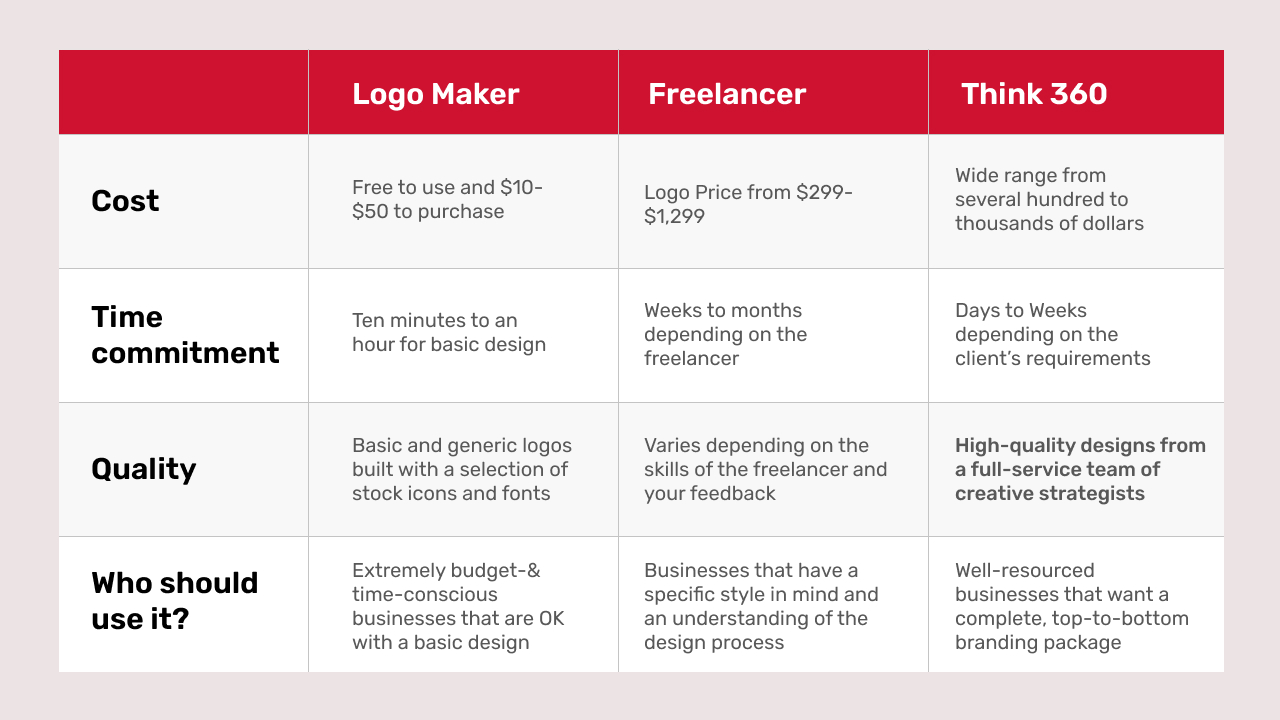
Thirdly, working with a design agency saves you time and effort by handling the entire design process, from conceptualization to execution. Moreover, agencies are adept at conducting market research and competitor analysis to ensure your logo stands out in a crowded marketplace.
Finally, collaboration with a design agency fosters a collaborative environment, where your input and feedback are valued, resulting in a logo that effectively represents your brand's vision and resonates with your target audience.

EXPLORE YOUR POSSIBILITIES
See how easy scaling design capacity can be
Book a call with us and get the party started!
Book A Demo9. Logo Handoff
When handing over a logo design to your client, provide them with the necessary files in multiple formats, including vector files for scalability and raster files for specific applications.
Include a detailed usage guide that outlines the correct and consistent usage of the logo, specifying clear space, color variations, and size guidelines. Offer any additional design assets, such as brand icons or patterns, that complement the logo.
Provide a brand style guide that showcases the logo in various contexts and demonstrates its integration into the overall brand identity.
Finally, schedule a meeting or follow-up to answer any questions, address concerns, and ensure a smooth transition for the client to implement the logo.
10. Conclusion
A logo is a visual representation of a brand that encapsulates its identity and communicates its values.
There are various types of logos, ranging from wordmarks to symbols and combination marks.
Principles of logo design include simplicity, versatility, and memorability.
To design a logo, one must thoroughly research the brand and competitors, create mood boards, define a theme, brainstorm ideas, sketch concepts, select appropriate colors and typography, ensure scalability, merge the logo into the brand, and present it to the client.
A well-designed logo, following the golden ratio, plays a vital role in brand guidelines, which maintain consistency across various brand assets.
Hiring a design agency brings expertise, resources, and a collaborative approach.
Finally, handing over the logo involves providing the necessary files, usage guides, and a smooth transition.
And if you just ain’t got the time to design your Logo, We can help you make it quickly, contact me on team@healxrlabs.co.za

